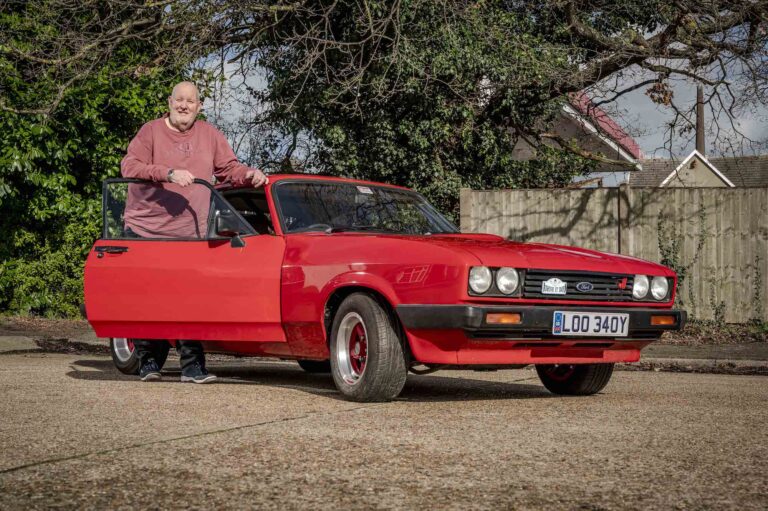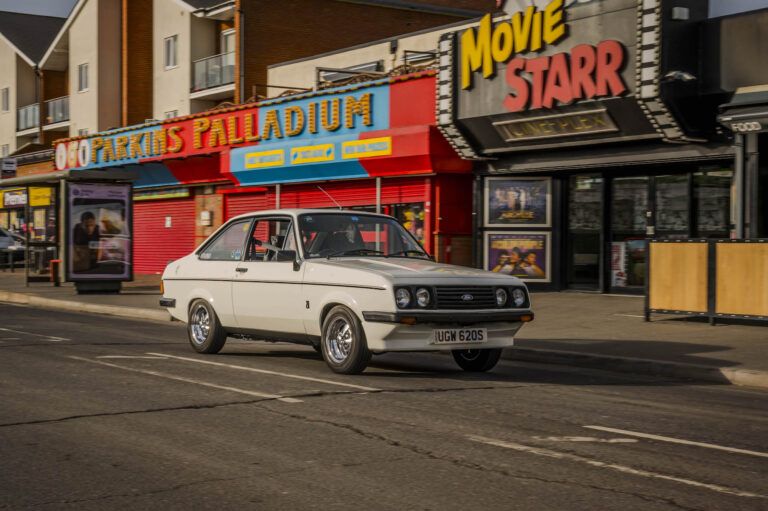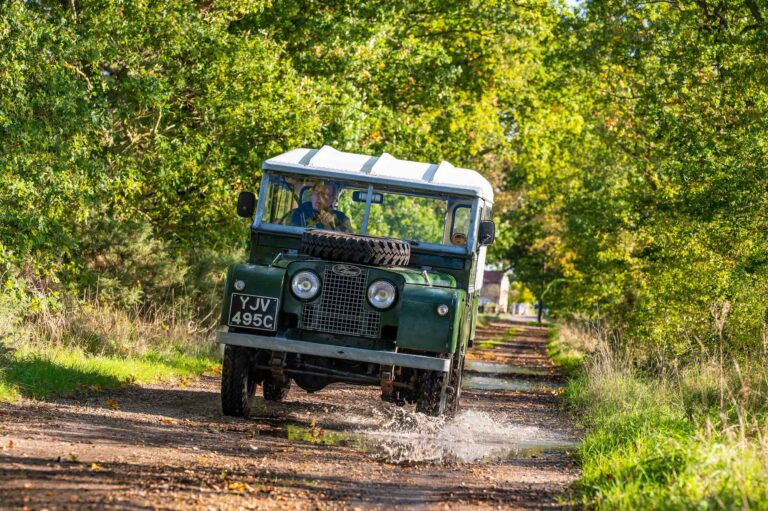Mike Hutchinson usually took the main road home to Hemel Hempstead from work in the stores at Vauxhall’s Luton plant.
But one day in 1978 he decided to take the scenic route, and spotted a jet black Vauxhall Viva GT for sale in a garage in the Bedfordshire village of Eaton Bray.
The ‘68 HB Viva had two massive spotlights, a deep Trans Am chin spoiler, and a twin-vented bonnet (pictured minus the spots) and Mike – driving an HB Viva SL at the time – was transfixed.
“It was just pure luck that day I drove past that garage,” he says, at his home near Spalding. “I immediately stopped the car, got out and stuck my nose against the window. I thought ‘I’ve got to have that’. I just loved black cars, so I went for it straight away.”
Mike, who was 21 at the time, paid £600 for the Viva, and immediately scared the living daylights out of himself and his sister Gail when driving it off the forecourt and home.
“I had my sister in the car, and I put my foot on the accelerator and there was this big sucking noise – it had a different carb on it then – and it really was so loud, and it shot off,” he says. “I was struggling to control it – I’d never driven anything with that power.
“It really did shock me. I was quite scared driving it home, my sister was very scared, and it took me ages to get used to it.”
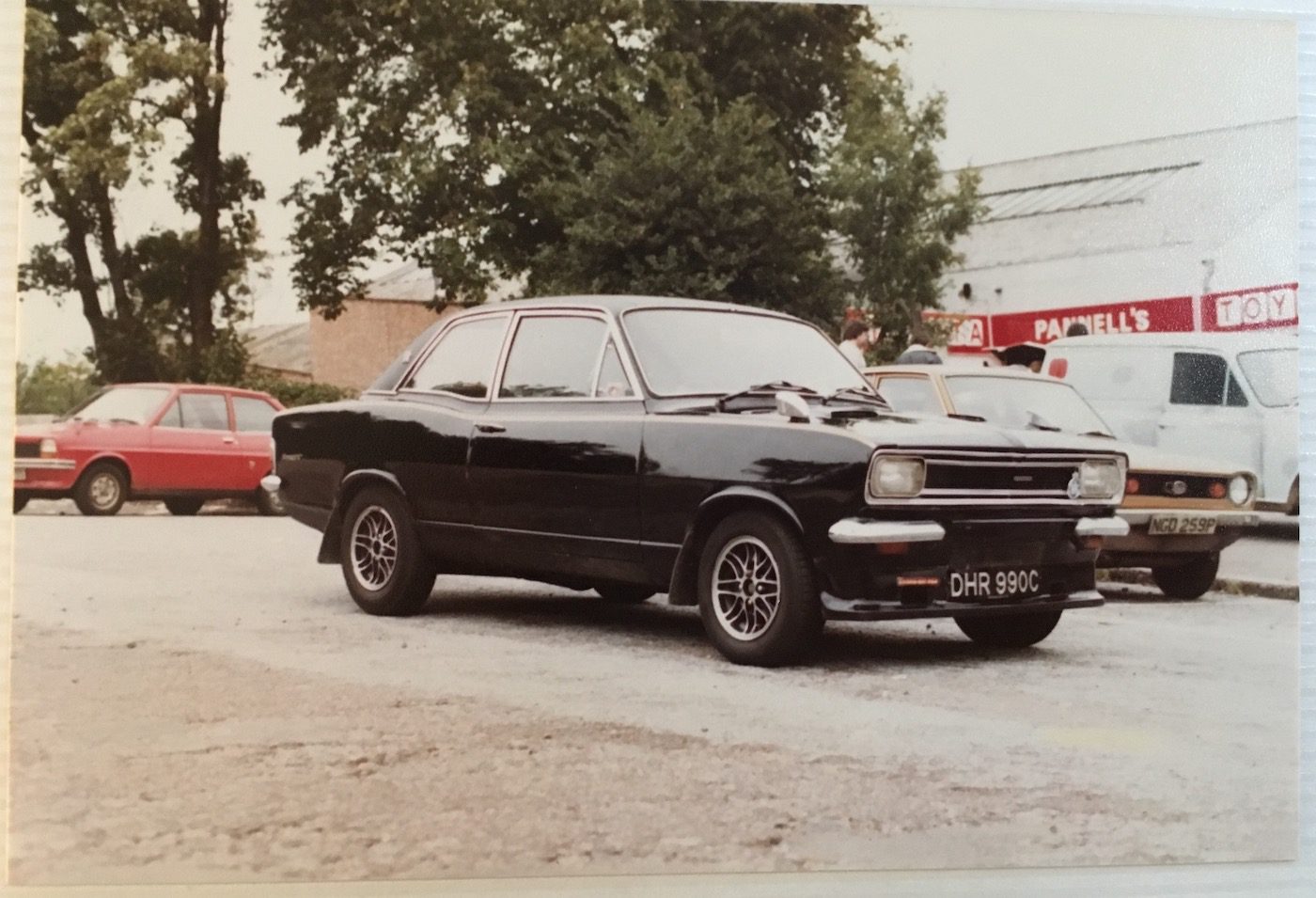
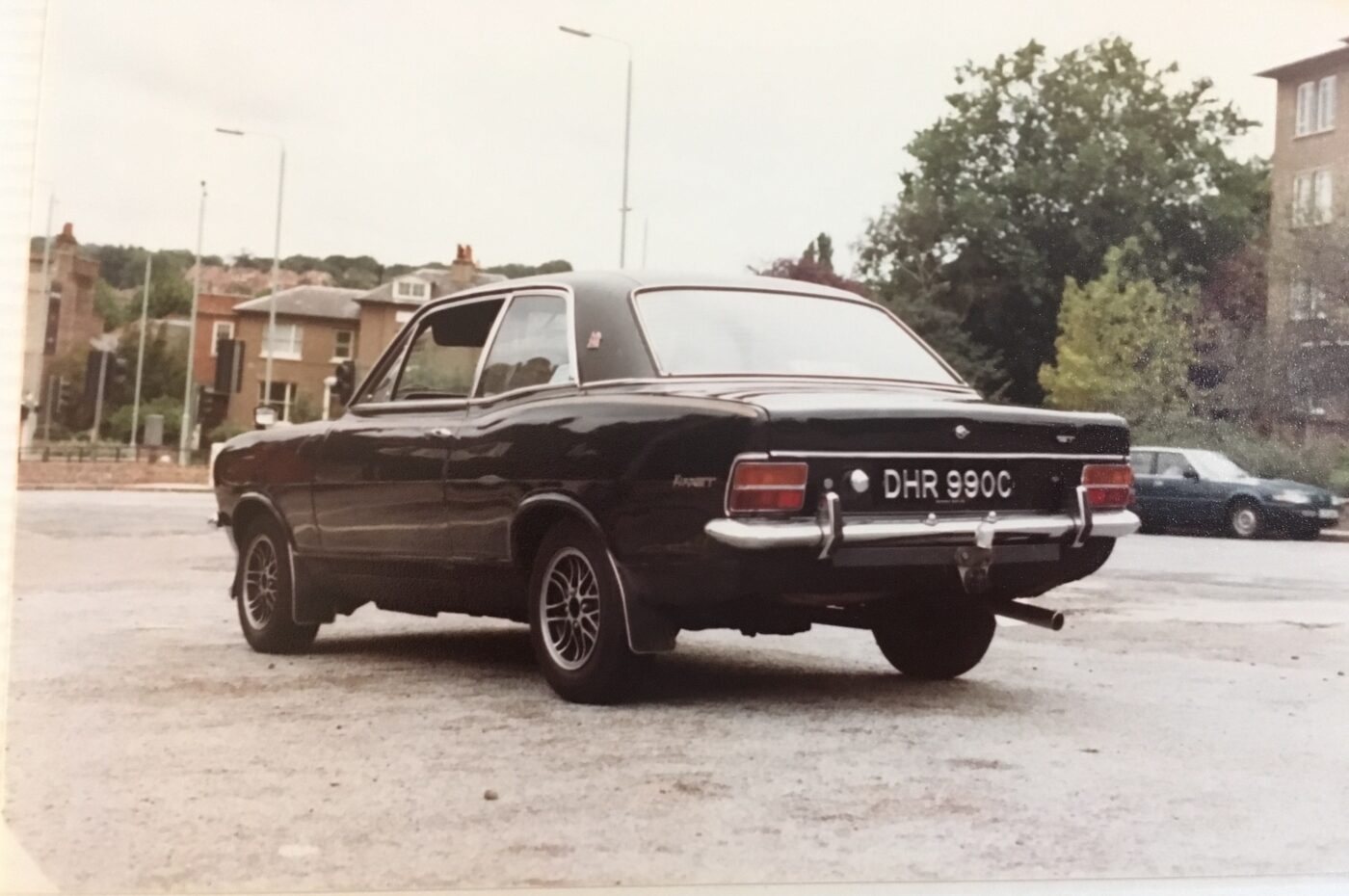
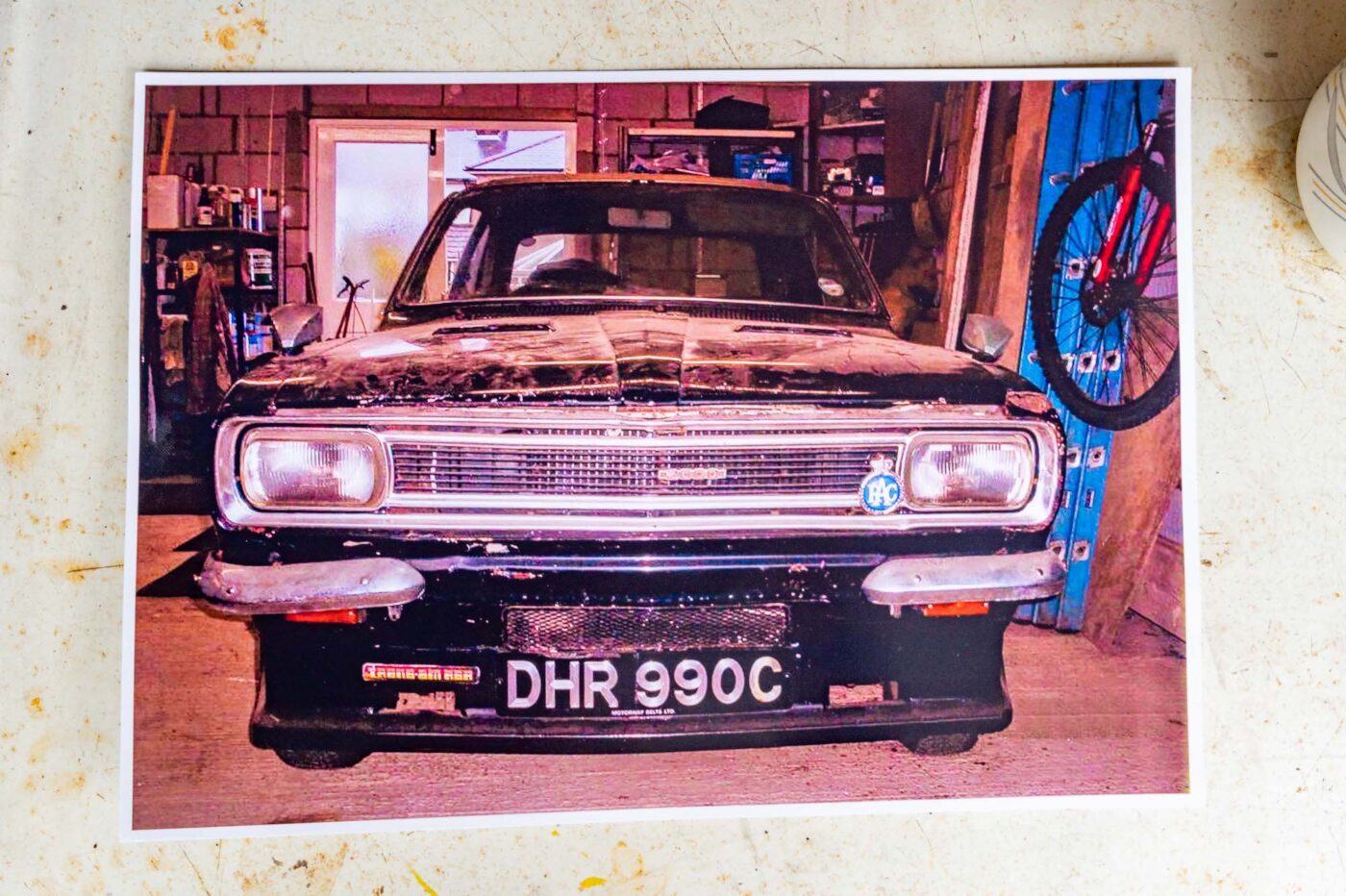
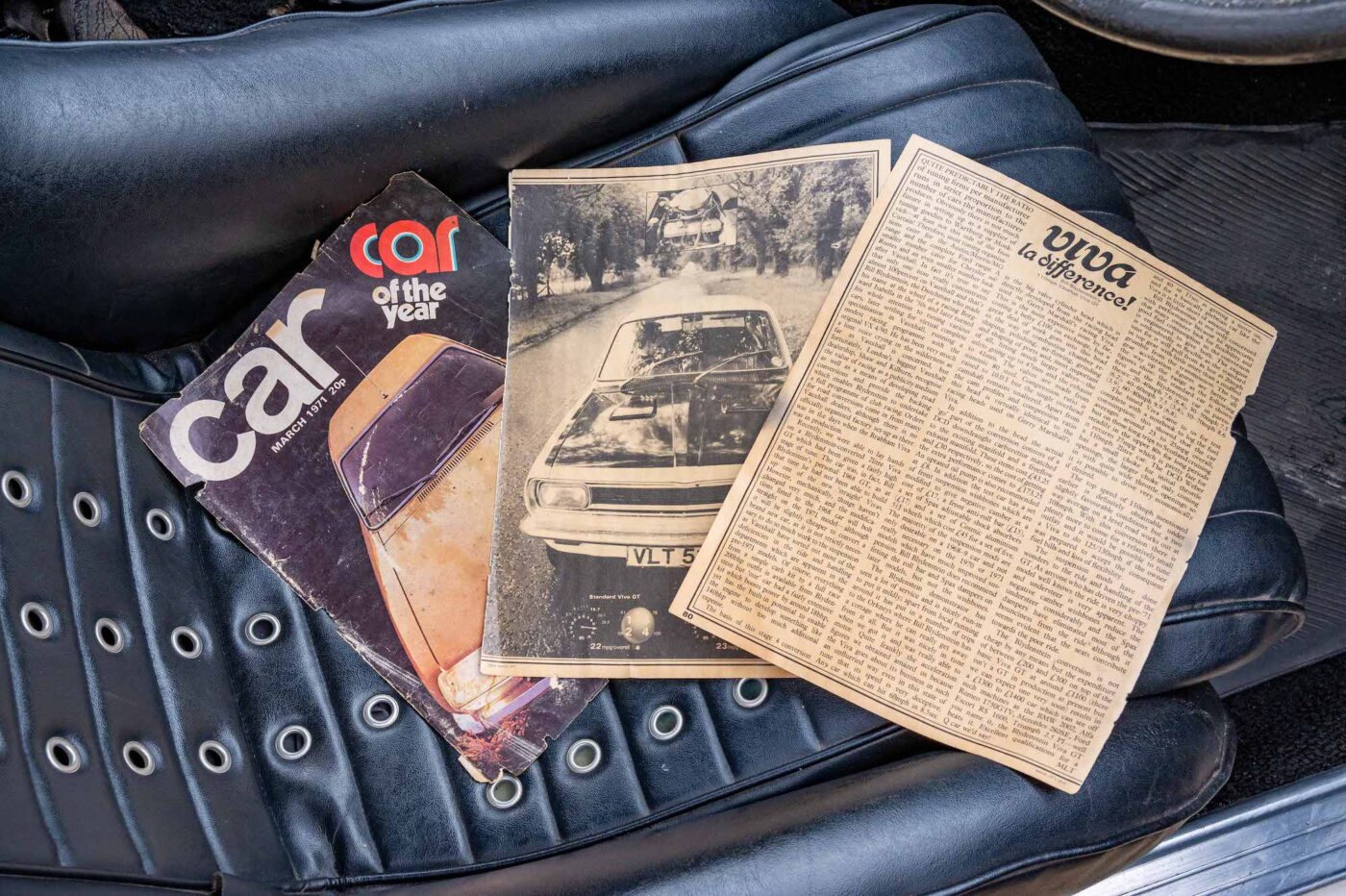
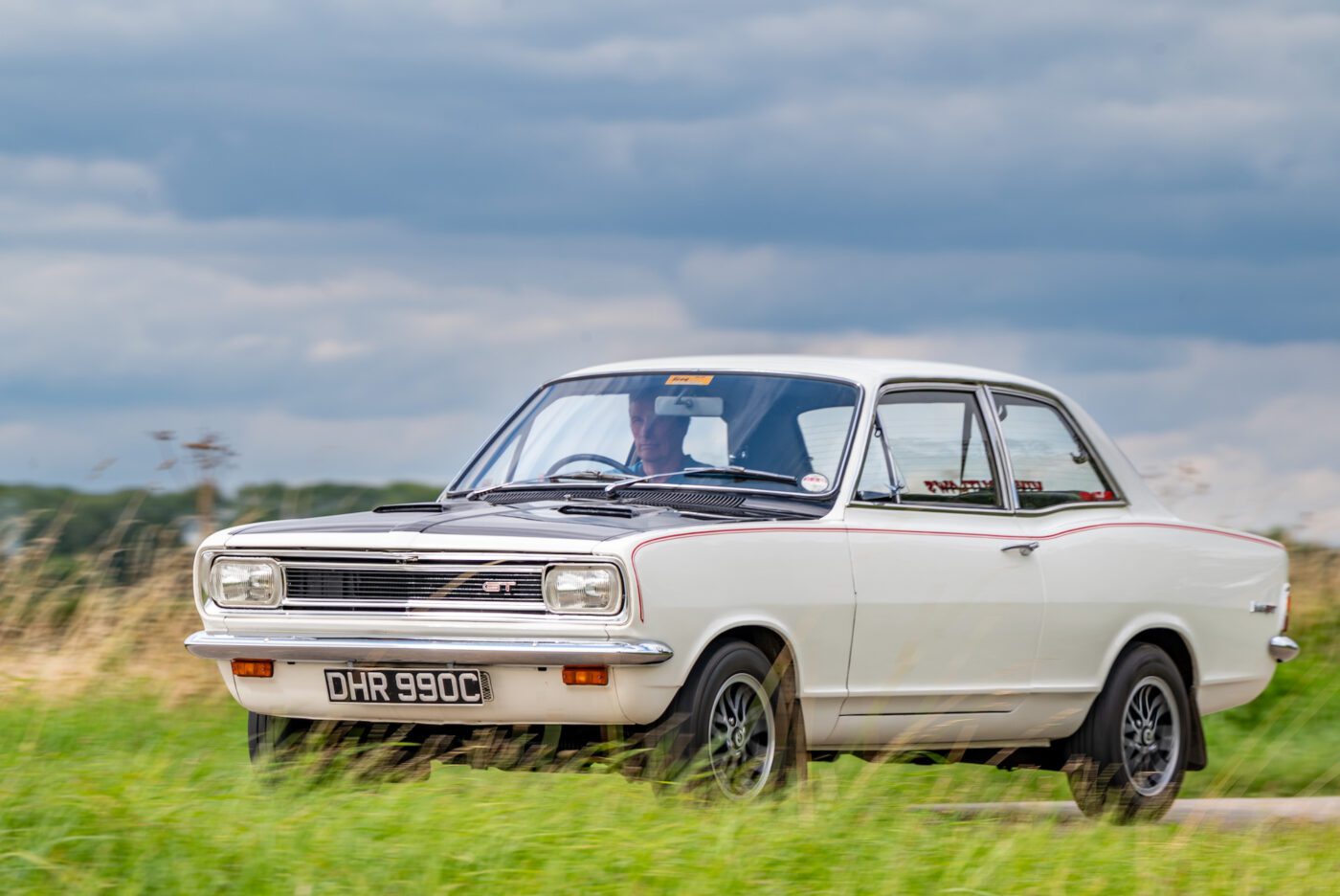
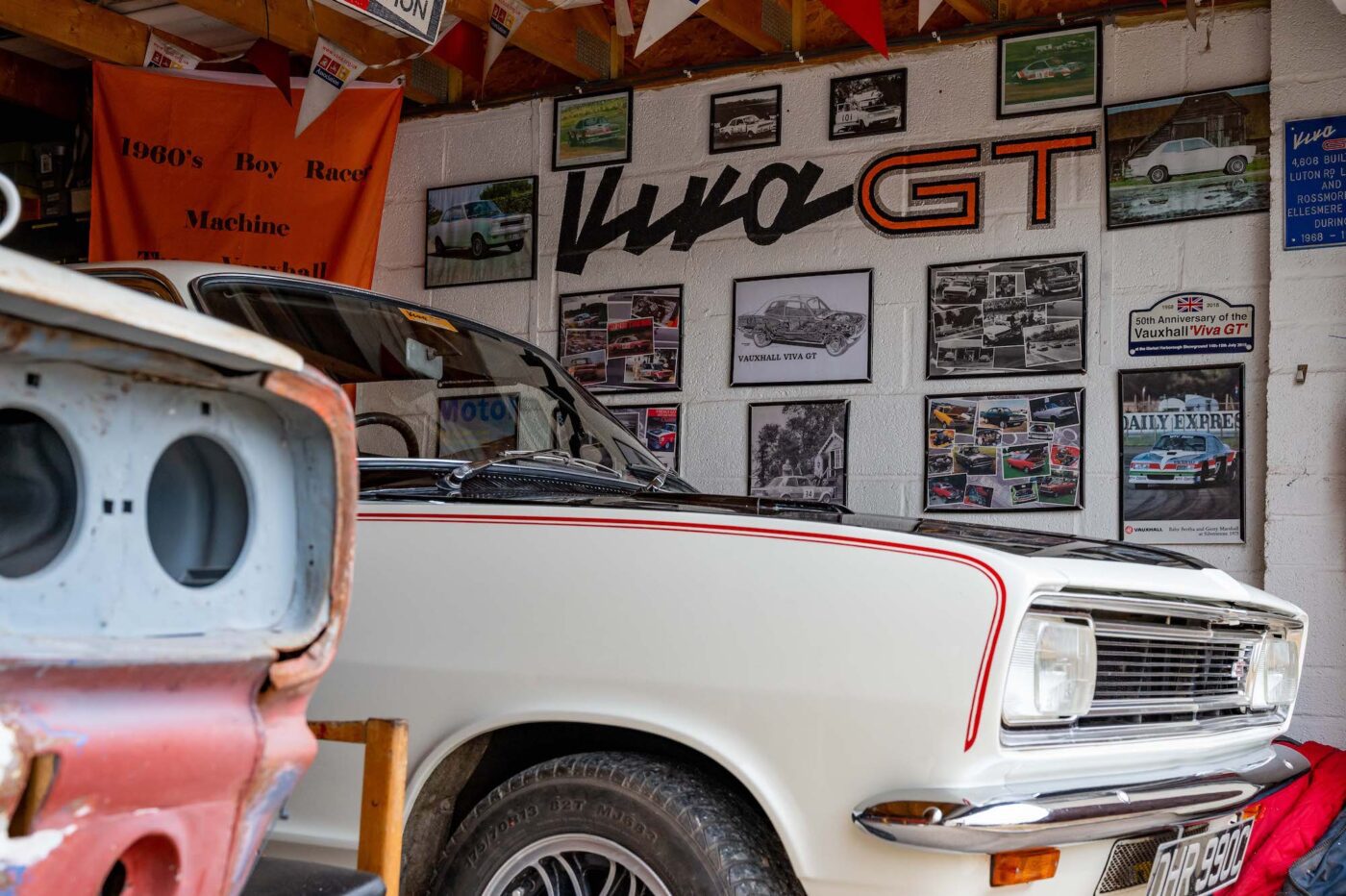
The 2-litre Viva GT was a reasonably sprightly car, but it wasn’t scary quick – and the true nature of what Mike had bought only began to reveal itself when he took it to work.
His colleagues at Vauxhall questioned the car’s 1965 C-plate, pointing out that the GT didn’t hit the market until 1968.
“As soon as I got it there the guys said to me ‘it’s a ringer, that ‘65 plate isn’t right’,” he says, immediately getting on to the DVLA to investigate.
“To be honest, I didn’t pay any attention to the number plate – I didn’t know GTs weren’t made until ‘68, I just bought it because it was a black car with huge spotlights and a big spoiler, and I was young and stupid.
“It turned out DHR (the current plate) were the initials of the guy who had owned it about three before me, and he had bought it from a man named Bill Blydenstein when it was on display at the Earls Court Motor Show in 1971. At the time, it was registered VLT 513G.
“I didn’t know who that was even when they said it – it didn’t mean anything to me. After that, the car enthusiasts at Vauxhall told me everything about Blydenstein and driver Gerry Marshall.”
When he got hold of a CAR magazine article from March 1971, which featured a road test of Blydenstein’s specially tuned Viva GT – Mike’s car – he knew exactly what he had on his hands, and why it seemed so quick off the mark.
READ MORE ABOUT SOME OF OUR GREATEST CLASSIC CARS WITH

A series of articles on our Cult Classics site.
While a standard Viva GT could hit 60mph in a shade over 11 seconds on its way to a top speed of 100mph, Blydenstein’s car could reach 110mph, passing the 60mph mark in just 8.5 seconds.
The Dutchman was “very much a lone voice crying in the wilderness” when it came to tuning Vauxhalls at the time, according to the magazine.
Backed by London’s biggest Vauxhall dealer, Shaw and Kilburn, he ran a full programme of club racing, and used his own Viva GT – one of two given to him by Vauxhall – to experiment with upgrades and modifications.
The car’s stage 4 conversion features a big valve cylinder head directly developed from the racing head used on Marshall’s racing Viva, with much work on combustion chamber reshaping, polishing, air-flowing, grinding and shaping of ports.
Performance gains also came from a raised compression ratio, DCD Weber downdraught carburettor, a freeflow exhaust manifold, and an uprated oil pump.
Handling and ride were improved with a set of front suspension wishbones modified to give a slightly negative camber, an additional front anti-roll bar, and Spax adjustable shock absorbers.
Cosmetically, Blydenstein added Cosmic aluminium wheels, a gloss black bonnet – the GT’s was usually matt black – and Corbeau Equipe competition seats.
CAR wrote that the acceleration figures “amazed” them “because the Viva goes about its business in such an unflurried way even in this state of tune that its speed is very deceptive”.
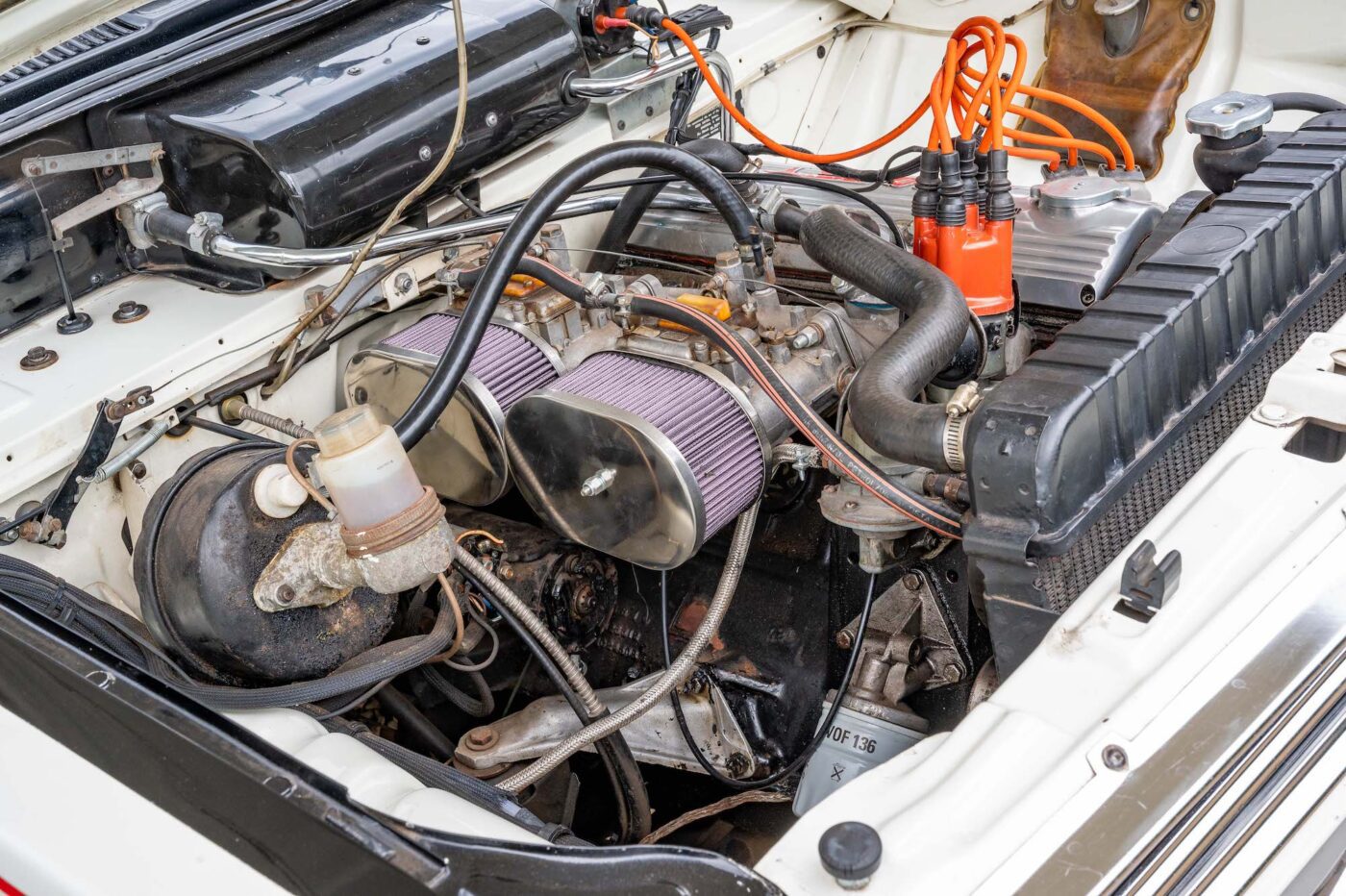
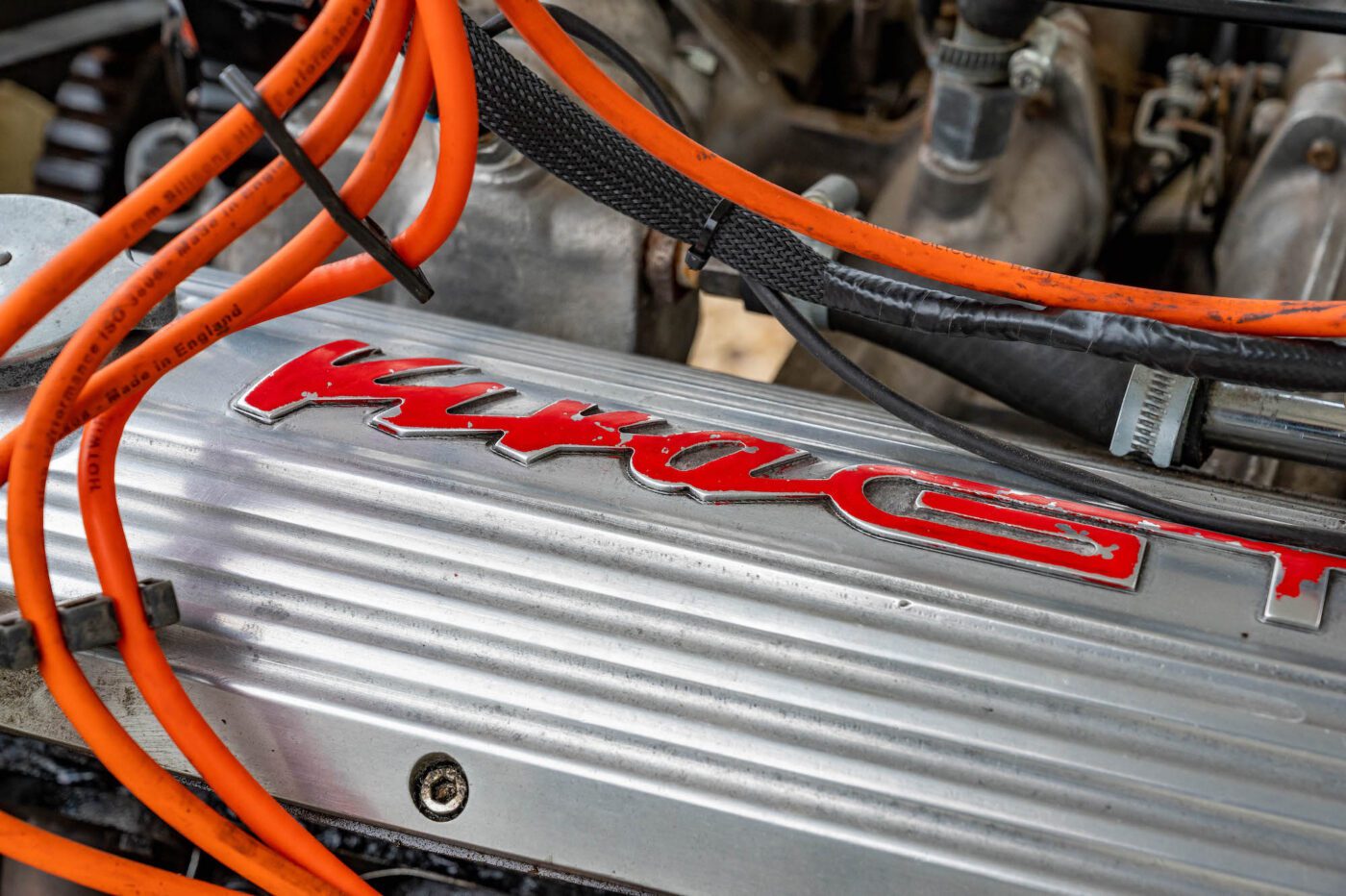
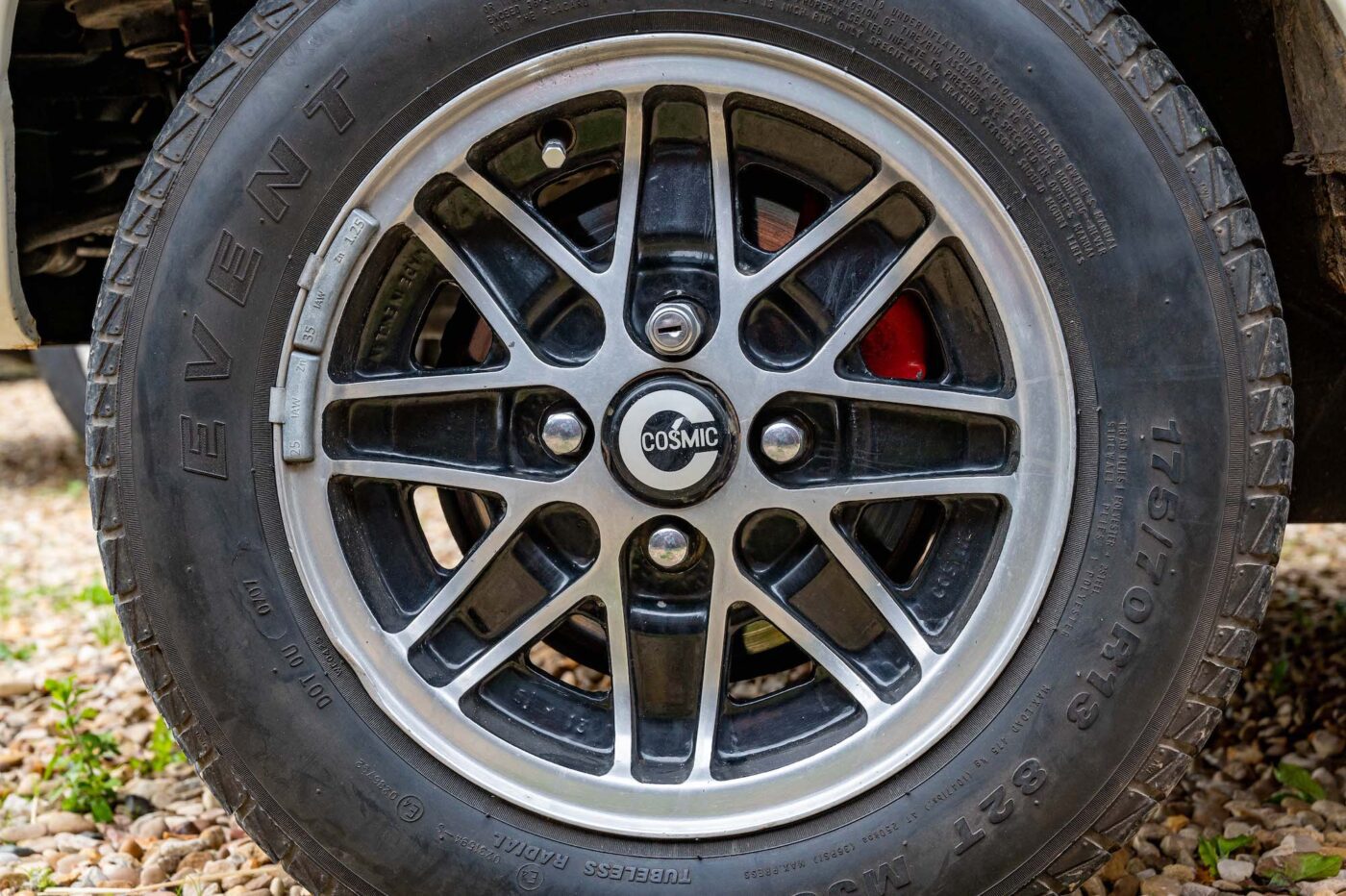
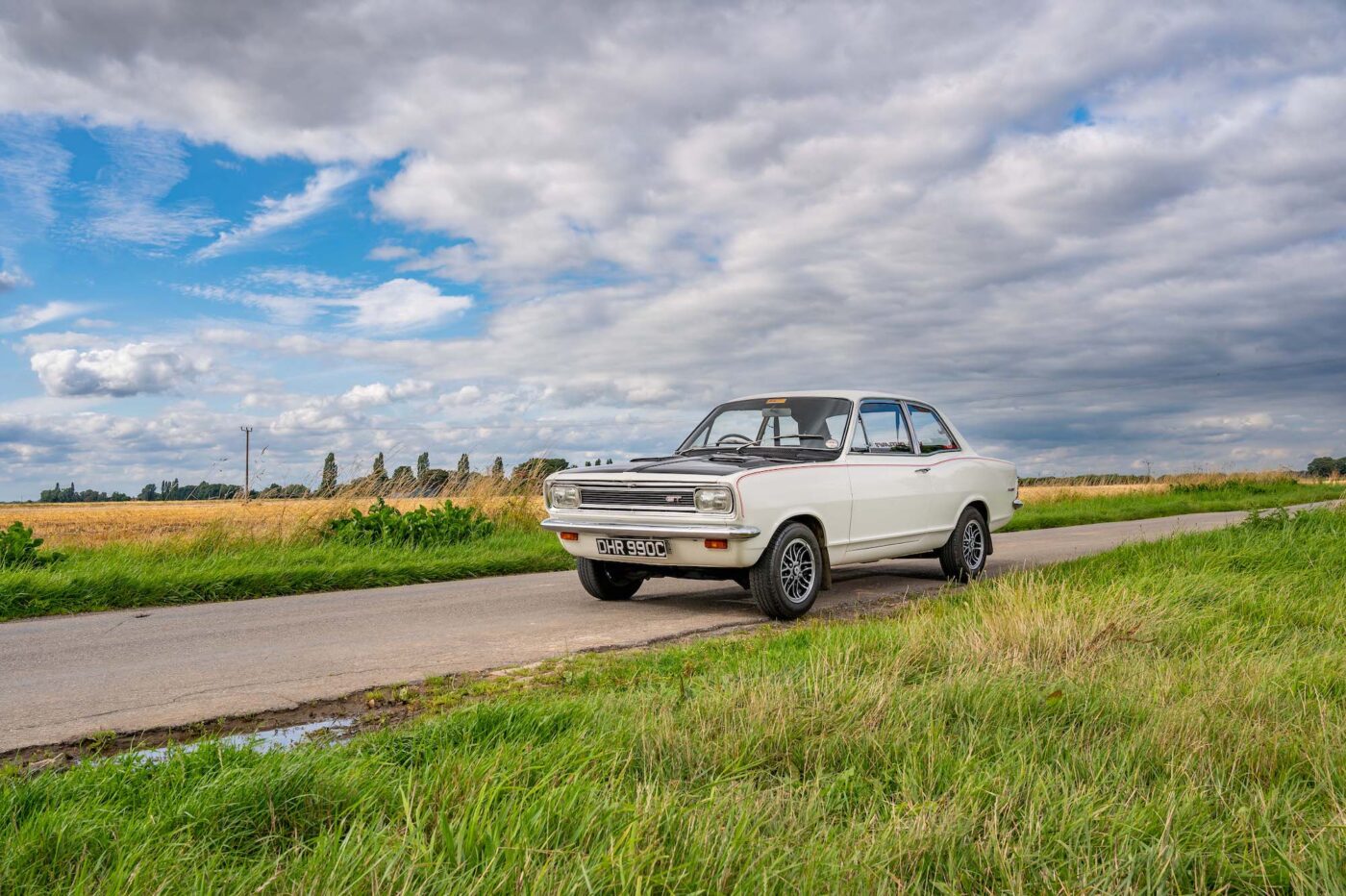
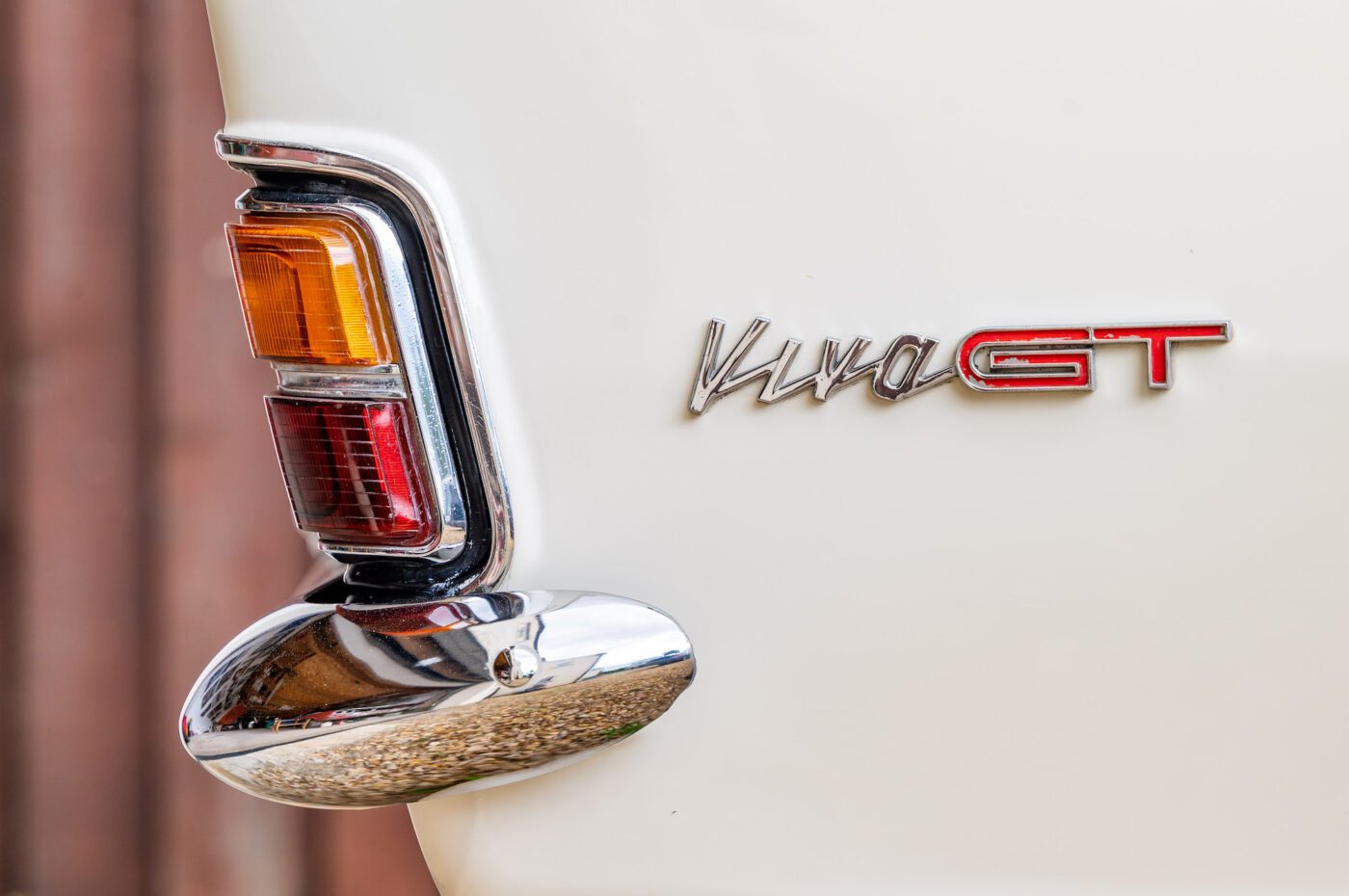
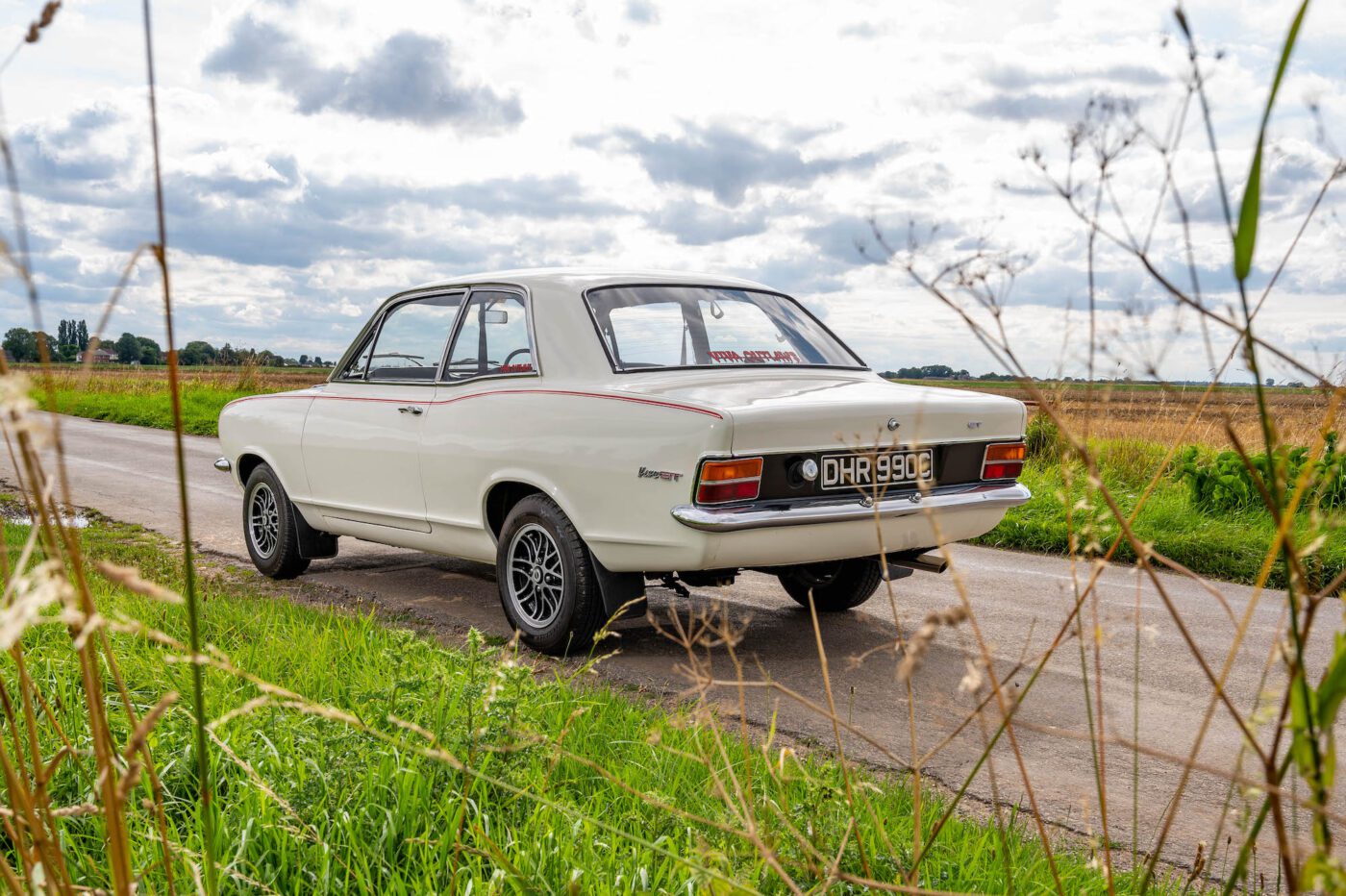
“Any car which can hit 60mph in 8.5sec and 80 in 15sec is getting a move on, and for a basically plebeian car like the Viva it is little short of amazing,” it added, noting that the modified GT could see off such machines as the BMW 2002, Alfa Romeo 1750GTV, Mercedes 280SE, Ford Escort RS 1600, Triumph 2.5PI…
“Well you name it, the Blydenstein Viva GT beats it.”
Given Mike’s previous cars were all small-engined runabouts – first an Austin A35, followed by a Ford Anglia Estate and the Viva SL – it’s easy to see why the hotted up GT was quite a step up.
And insurance companies were somewhat wary too.
“The first insurance quote I got was £600, the same as I paid for the car,” he says. “The guy said to me ‘it’s their way of telling you they don’t want your business’. So I used to insure it for half a year, because I couldn’t afford to insure it all year.
“I used a scooter thing in the winter because I didn’t want the car getting horrible in the bad weather.”
As well as one holiday to Devon, Mike attended car shows at places like Alexandra Palace, Crystal Palace and Battersea with the Vauxhall Special Group, and customised his car like any car-mad youngster in the late ‘70s.
“At one time I had fur on the back parcel shelf, fur over the dash,” he smiles. “It’s just what you did, you customised your car back in the day.”
81.5% of customers could get a cheaper quote over the phone
Protect your car with tailor-made classic car insurance, including agreed value cover and discounts for limited mileage and owners club discounts

The Viva was pretty reliable, apart from one flaw that entered family folklore.
“Most of my family will tell you that they wanted me to paint handprints on the boot for where you had to push, because it was a pig to start,” says Mike.
“If the battery wasn’t fully charged it just would not start – you had a bump it. For some reason it had a different starter motor on it, maybe something from a Ventora, a huge heavy thing.
“I’ve since managed to get hold of a GT one and it still wouldn’t turn over. It’s quite a tight engine, but I took it to a guy here in Lincolnshire who redid it all and ever since then I haven’t had a problem with it.”
After about three years as a daily driver, the Viva suffered a gearbox problem in 1981.
“The guy said if you take the gearbox out and bring it down to me, it’ll be cheaper, so I took it down, they repaired it, I took it back home and put the gearbox in the boot – and it stayed there until 2002,” says Mike. “I never touched it. It was in my dad’s council garage, that he was paying the rent on…”
Mike’s dad Rob, a window cleaner, would return from his rounds, put his ladders on the roof and count out his takings on the bonnet.
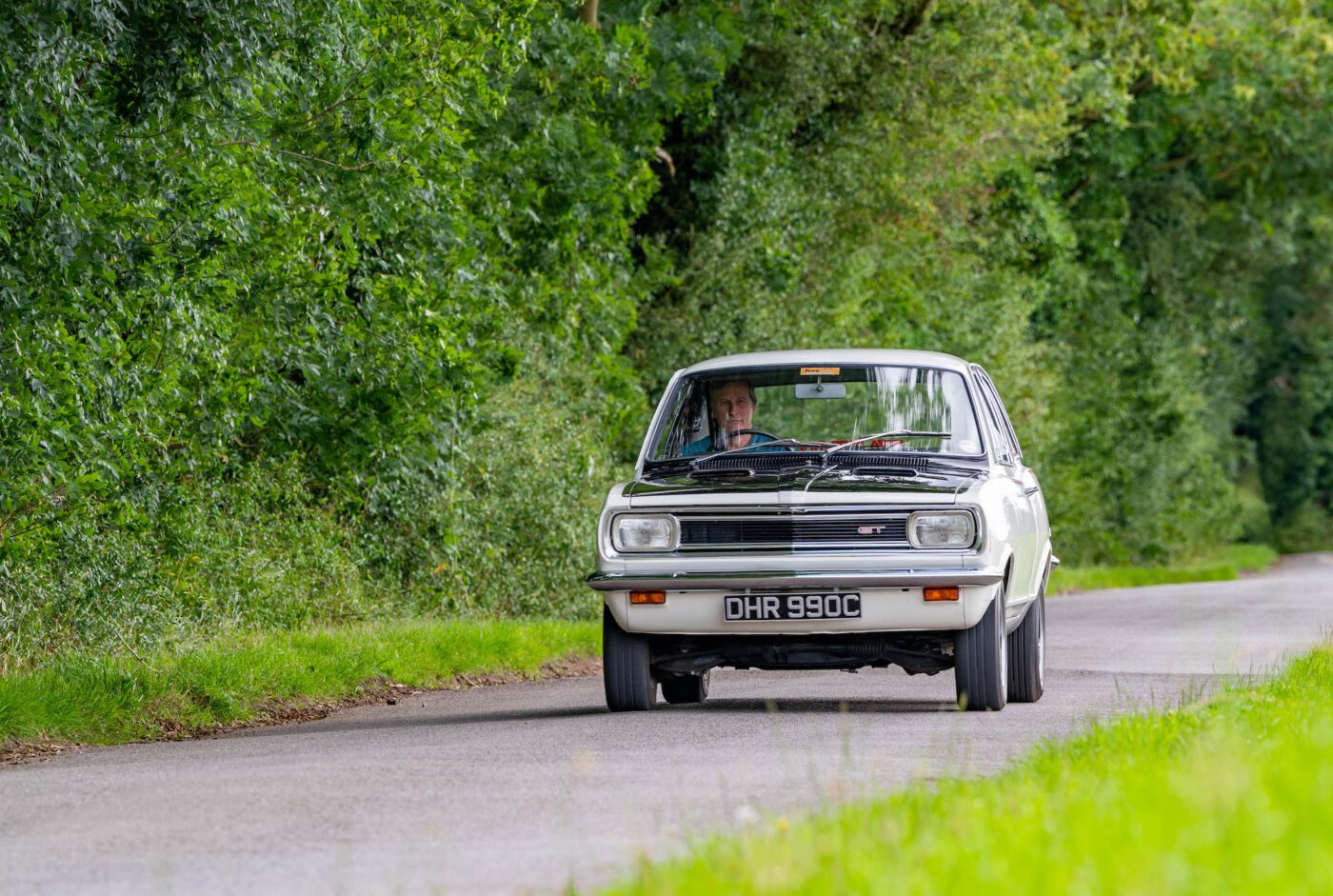
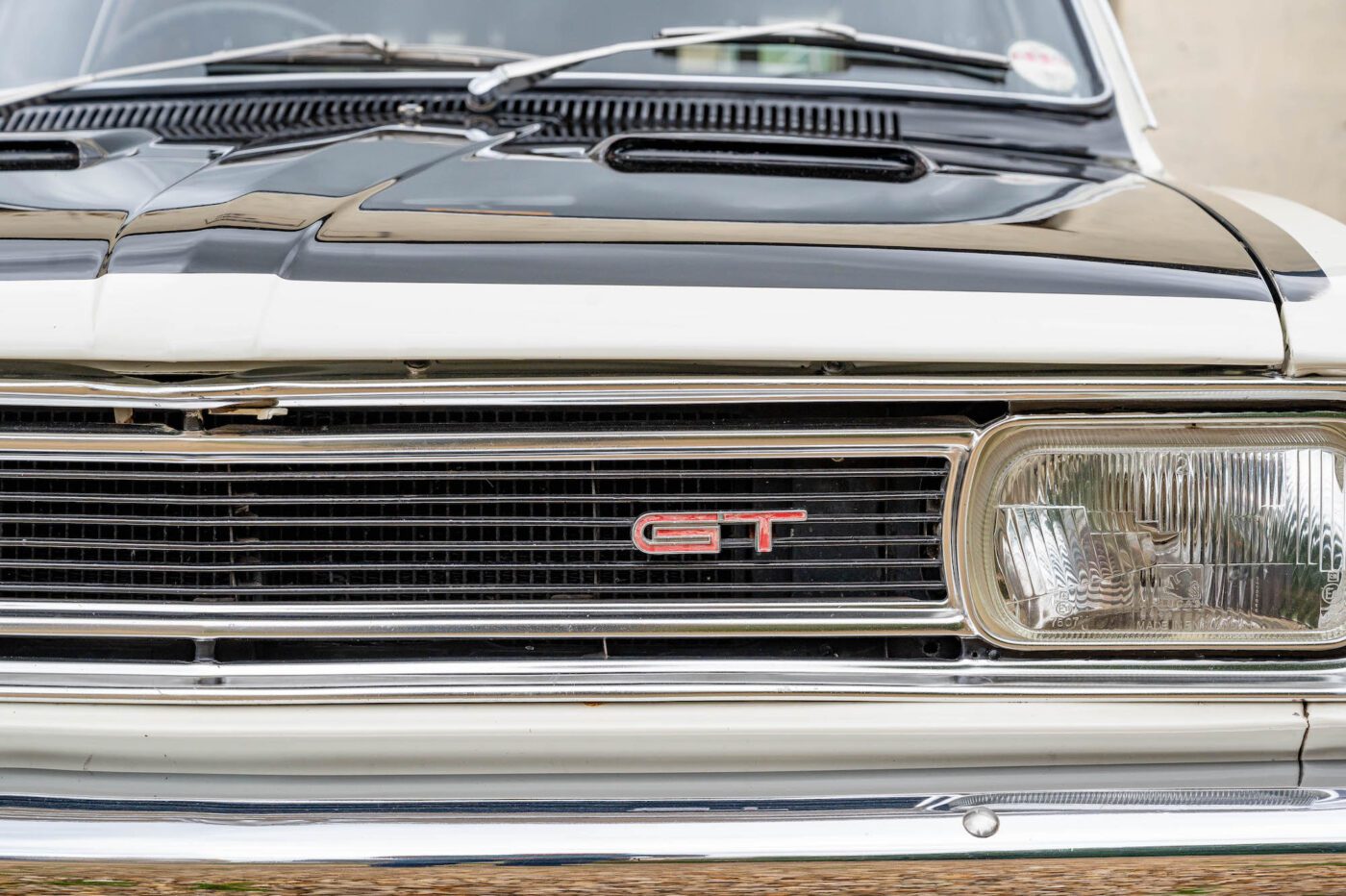
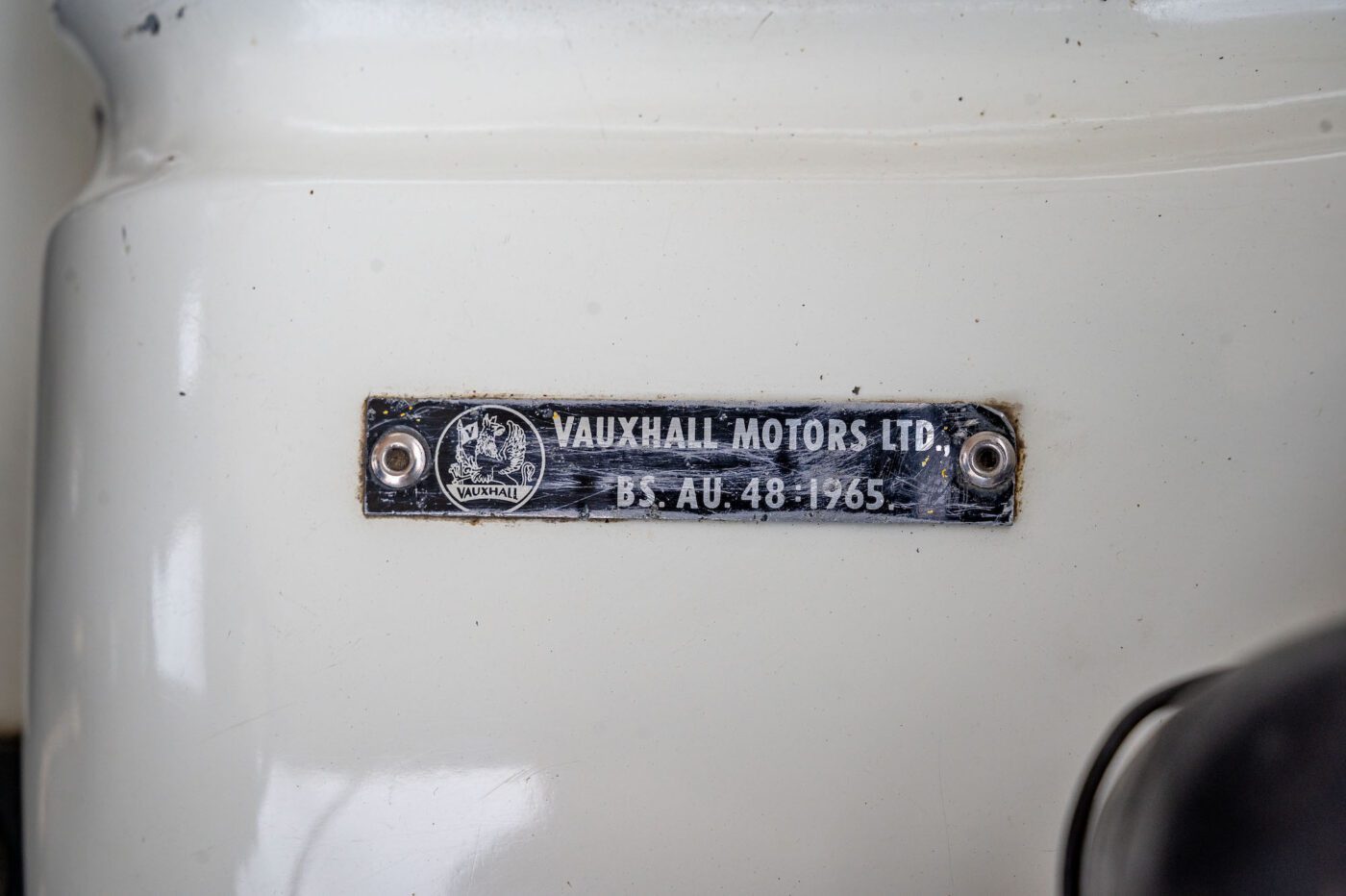
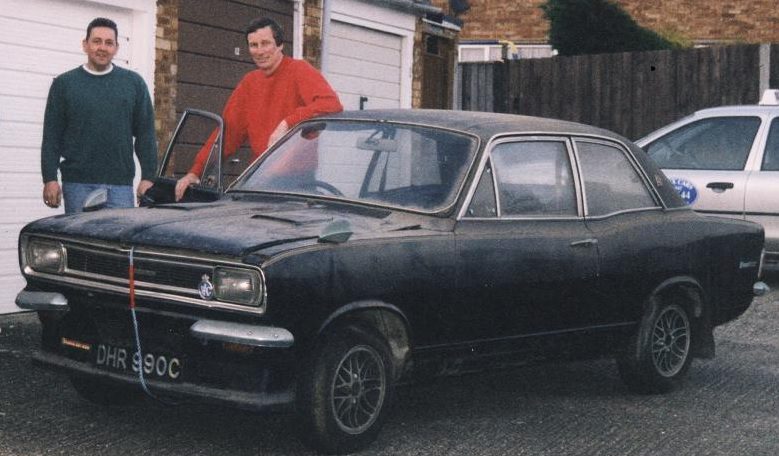
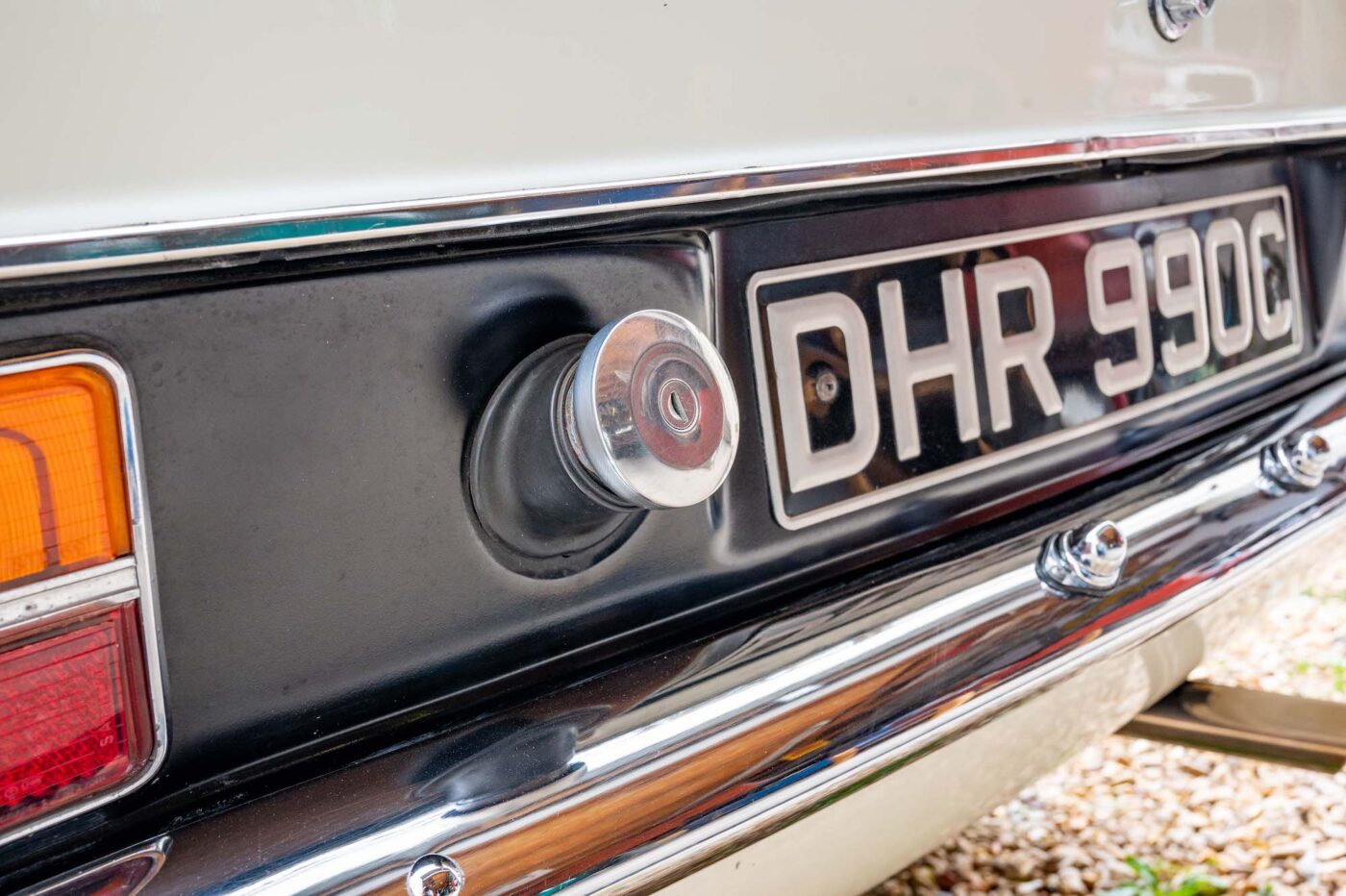
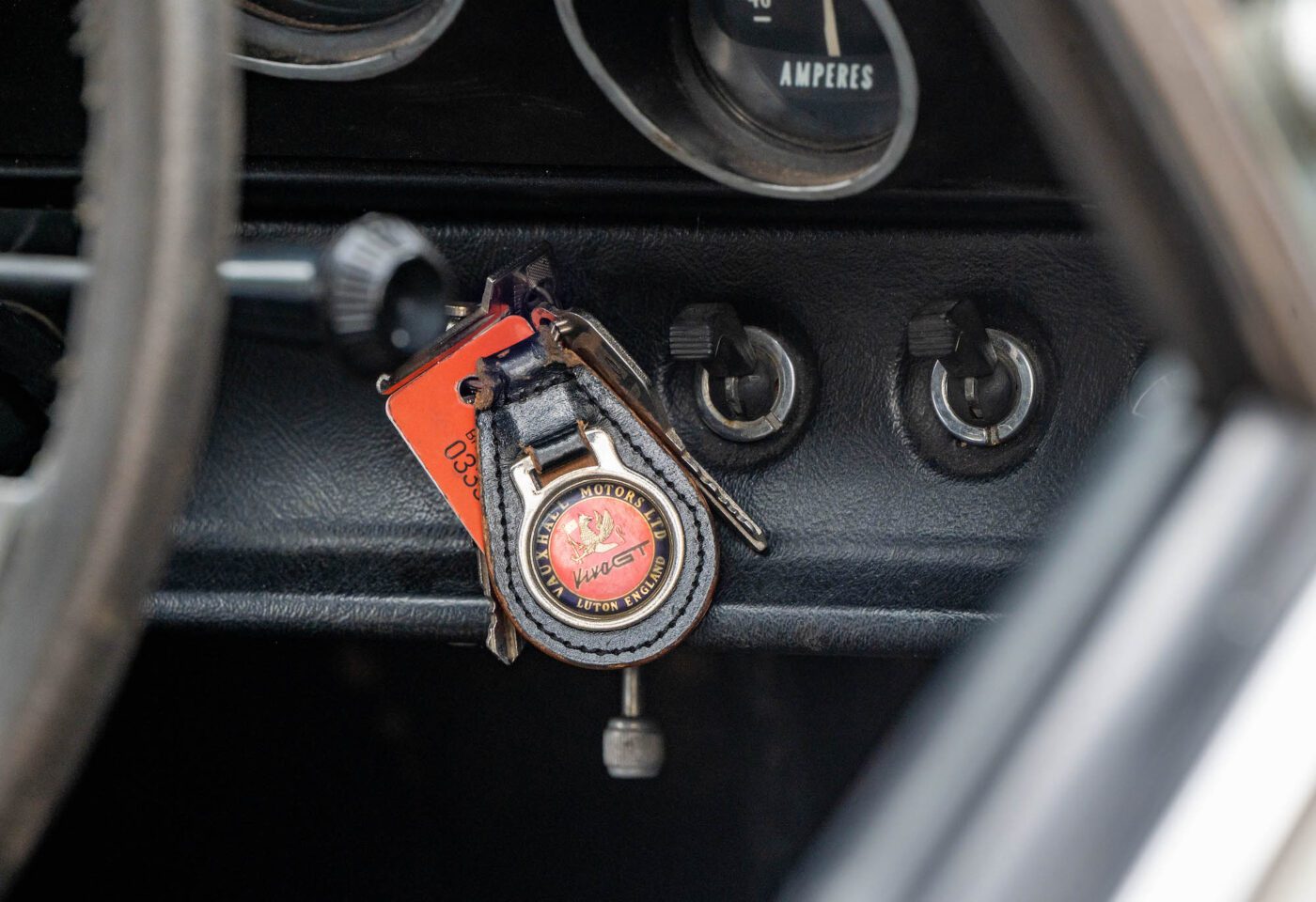
So why did the car stay in the garage for so long, and did Mike ever think of selling up?
“It was a council lock up, and it had no power and it was too narrow for me to work on the car,” he says, “but I would never have sold it, and I wouldn’t sell it now.
“I really believe you could offer me quite a substantial amount of money and I’d still turn it down, because it means so much to me.
“When I was younger I always liked the Viva. You could want a Lamborghini or a Ferrari when you’re a kid, but if you’re talking about a car you might one day be able to afford, I always wanted the best HB Viva, and to me that was the GT.
“I didn’t like the HC Viva – I hated the shape of it, but I always just loved the shape of the HB.
“Unfortunately I went Vauxhall instead of Ford – if that had been a Mexico I’d have 60 grand sitting there now!”
By 2002, Mike finally had a large enough garage to rescue the Viva from its lock up (pictured), thanks to a deal he struck with his wife Joanne.
“We put an extension on the back of the house and she promised me that if I did that, and then built a garage, I could bring the car down, and that’s when I thought ‘right, I’ll start on that now’,” he remembers.
But time had not been kind to the old car.
READ MORE ABOUT SOME OF OUR GREATEST CLASSIC CARS WITH

A series of articles on our Cult Classics site.
“In the 20 odd years it was in the garage it just rusted away,” he says. “All Vivas rust – they started rusting almost as soon as they came out of the factory.
“It needed new wings and inner and outer sills, and I managed to get new outer wings, new inner wings, and a whole front slam panel.
“I thought ‘I’ll put them all on’, but as I was welding one side of the front and I saw flames on the other side of the front and thought ‘no, I can’t do it – this car means too much.
“So I stopped (pictured) and gave it to a guy called Dave Wheatley, who’s probably got one of the best HB GTs around, and he did the welding and bodywork for me.
“I’ve since bought another GT to practise my welding, and also one of only six Crayford convertibles, and I’ve done all the welding on that.”
Both cars are still a long way from completion, and share the extended garage with the Blydenstein GT, which now has twin Weber 40 carbs instead of its original single downdraught.
“That’s about the only change I’ve done to it,” says Mike. “It’s still got a hairy cam, still got the head, still got a high pressure oil pump, all the suspension stuff, the wheels and seats are the same, although they have been re-covered (pictured).
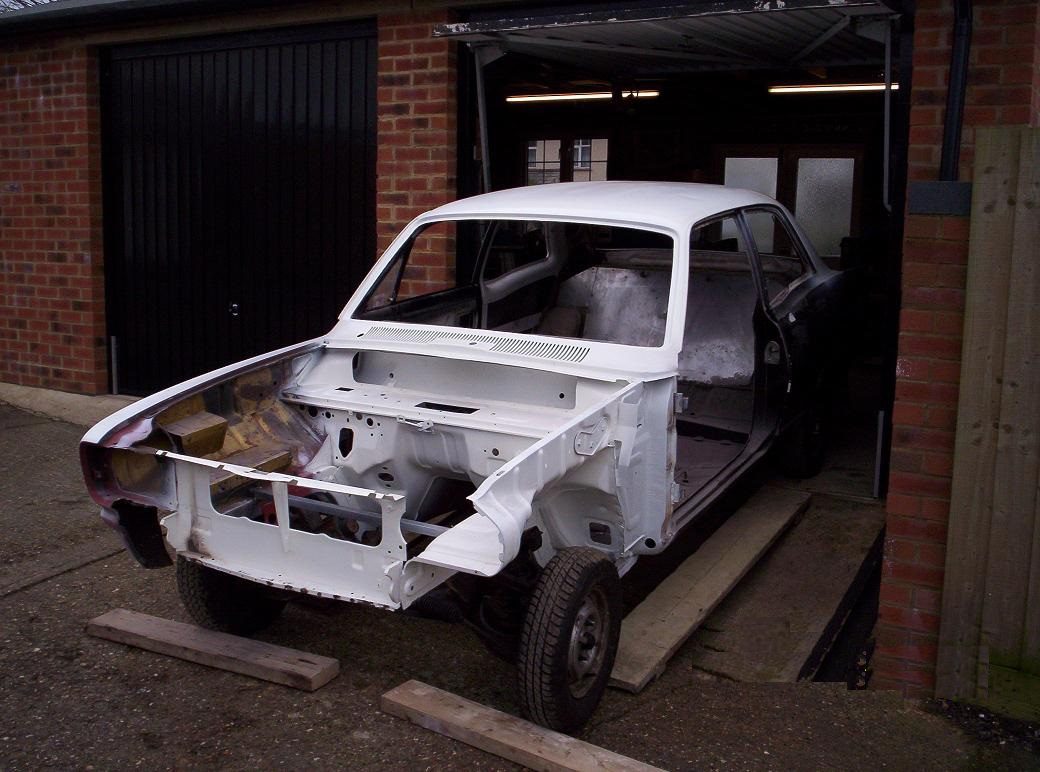
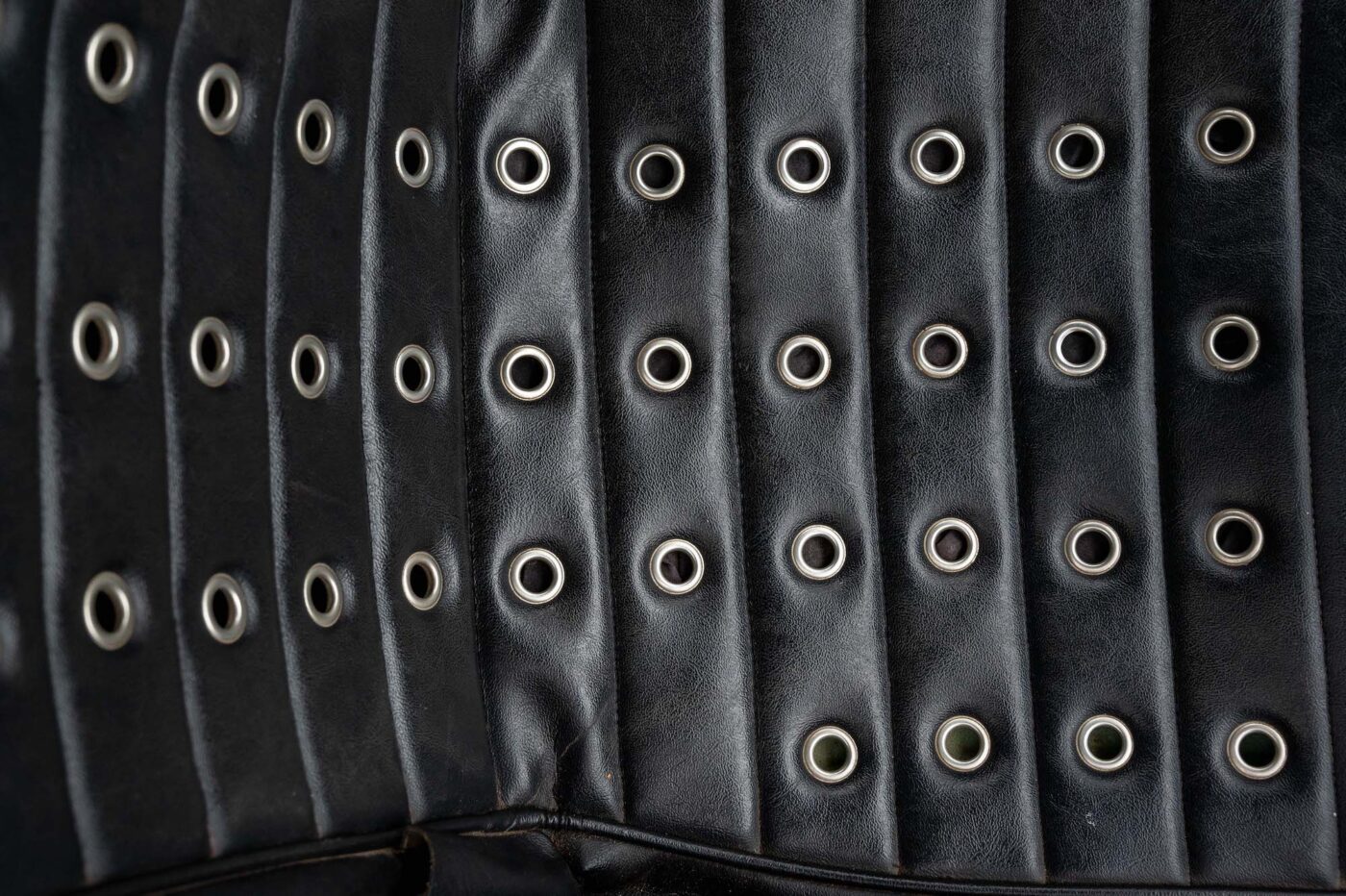
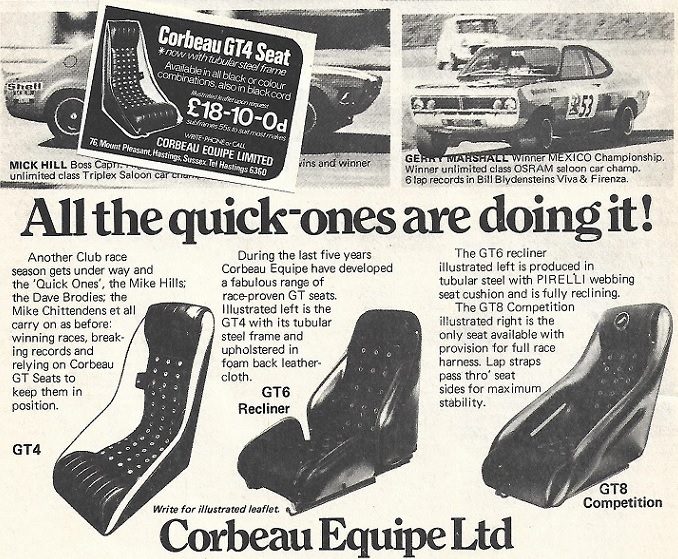
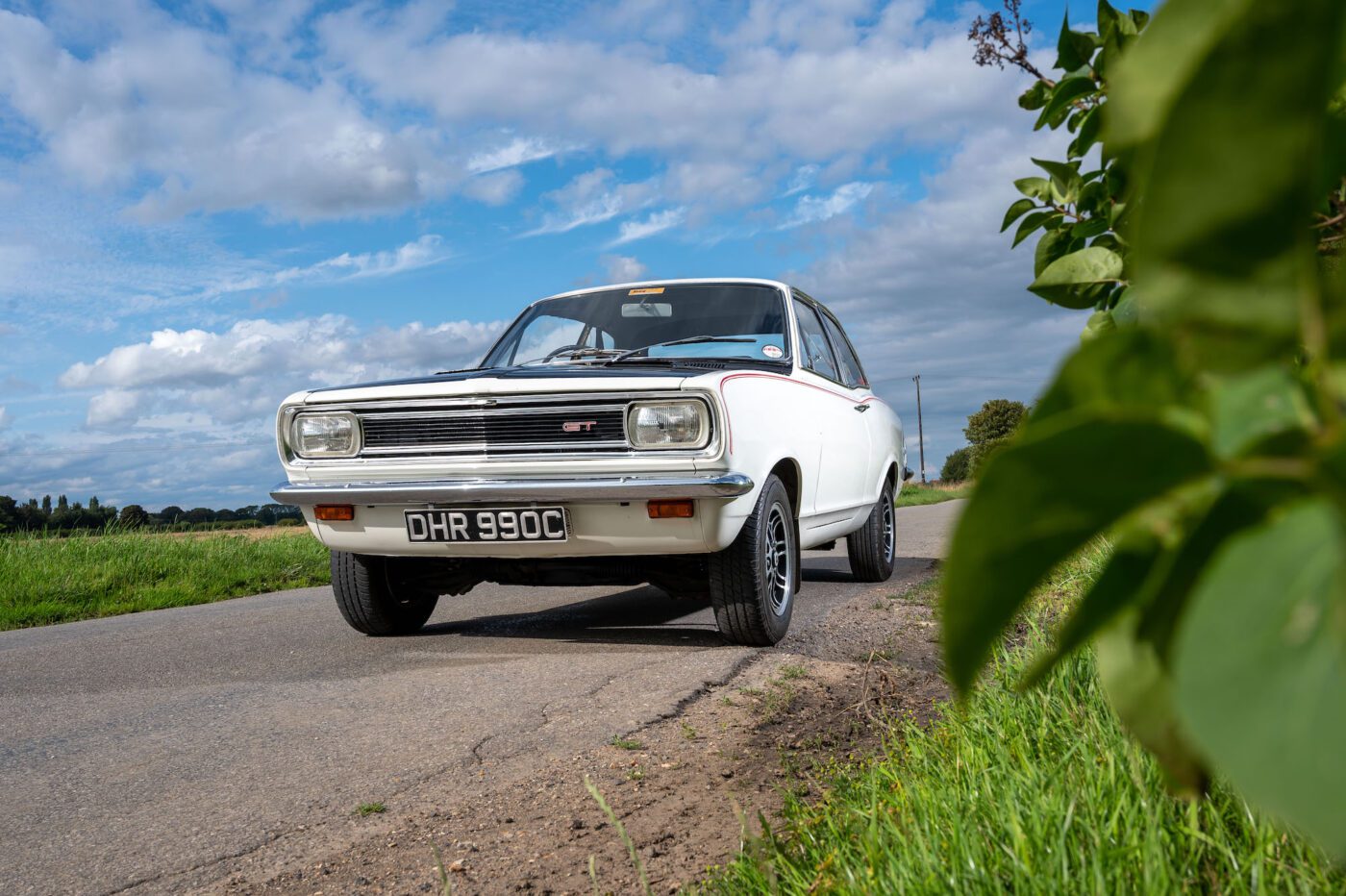
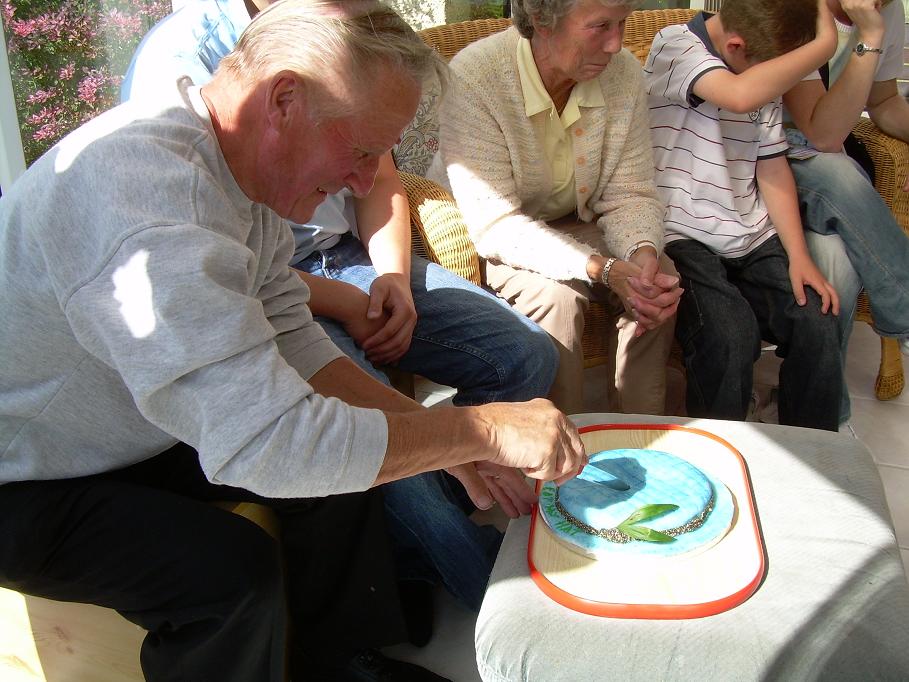
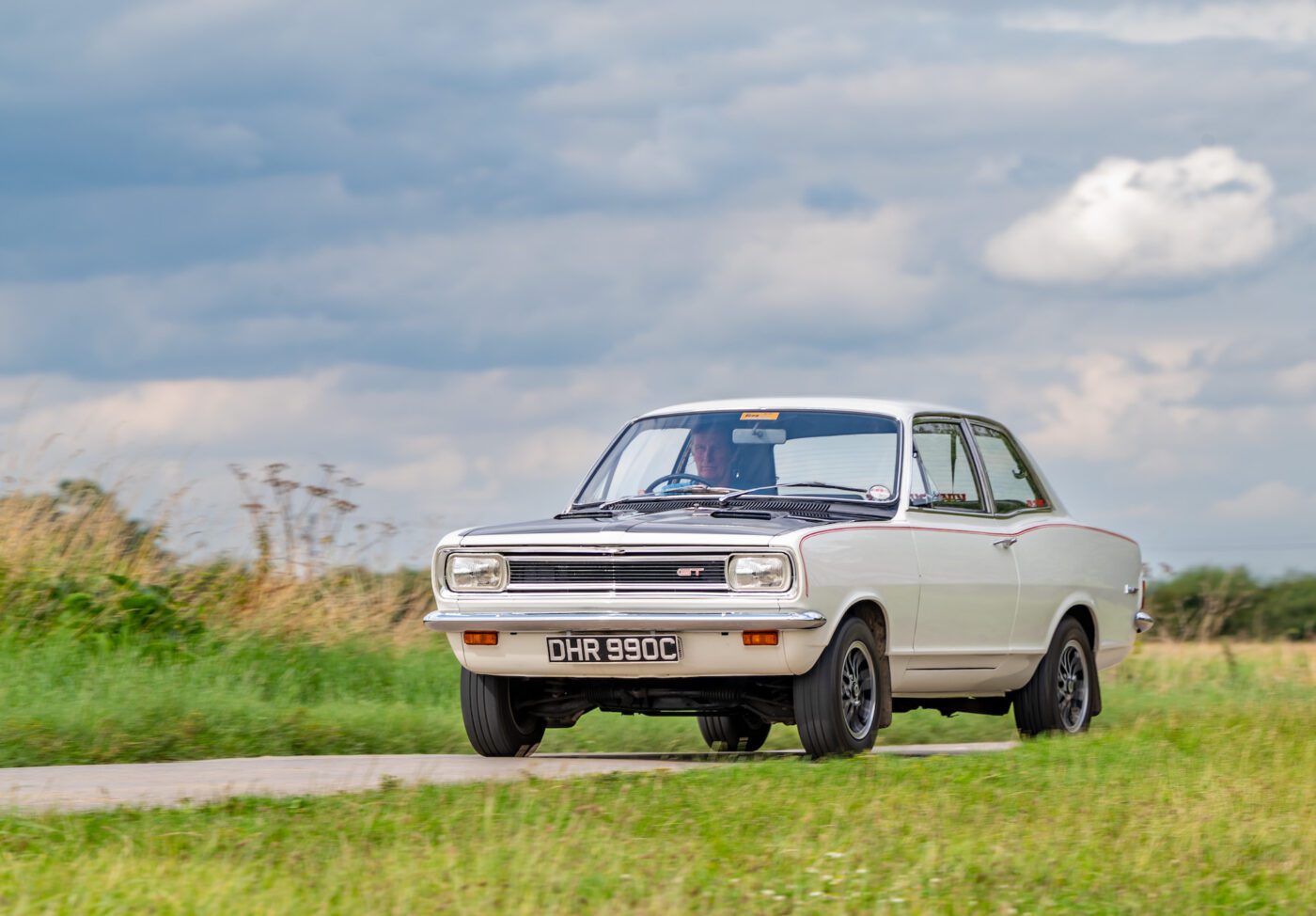
“I used the original exhaust and had it copied by some Jag dealer down Aldershot way in stainless steel, although he had to do it about three times to get it right.”
With the rust and all the mechanicals sorted, the only thing left to decide was the colour – keep it black or return it to its original white with black bonnet?
“Originally, I wanted it black, with the spoiler on and everything else,” says Mike, 67, “but I was thinking and thinking and I decided ‘no, I’ve got to put it back to how it was’, and it was a no brainer in the end.
“The spoiler will go on the other GT, which will have a Rover V8 and twin headlamps.”
After three years, the Viva was finally ready to go back on the road, much to the surprise of dad Rob.
“He didn’t believe I’d ever get the car done, and for a long time I didn’t really either,” says Mike. “He always said to me ‘if you get that car back on the road, I’ll eat my hat’, so when I drove it for the first time I called all the family round, we had a party and my mum made a cake in the shape of a hat that he had to eat (pictured).”
That was in 2005, and Mike remembers a wave of nostalgia as he got behind the GT’s wheel for the first time in nearly 25 years.
“It felt really good to be out in it,” he says. “I love getting in the car and driving it. It takes you back to your youth, and when we go to the Vauxhall Bedford Opel Association national rally at Sywell, we’re all like young idiots again.
“When we’re there we go for a run, so there’s four or five HBs all in a line, just because it looks good and nobody sees that sort of thing anymore.
“The cars aren’t superfast compared to modern day cars, they’re not as comfortable, and we always say that the adventure is going and coming back – am I going to get there, and am I going to come home without being on the back of an RAC trailer?
“Someone always has to stop to do something to keep going.”
For a few years in the mid 2010s, Mike enjoyed taking the car to the drag strip (pictured) at the now defunct Shakespeare County Raceway near Stratford-upon-Avon, despite being initially hesitant.
“My mates used to do it because they had V8s in their Vivas, and I didn’t want to do it when I first went,” he says. “I just watched for a good while before I decided to have a go, and then I absolutely loved it. I’m not fast, but it’s a great feeling.
“The acceleration is very, very good – it really has got some power off the line. I could beat the Rover V8s to the 60 feet mark, but then they would pass you with the extra power.”
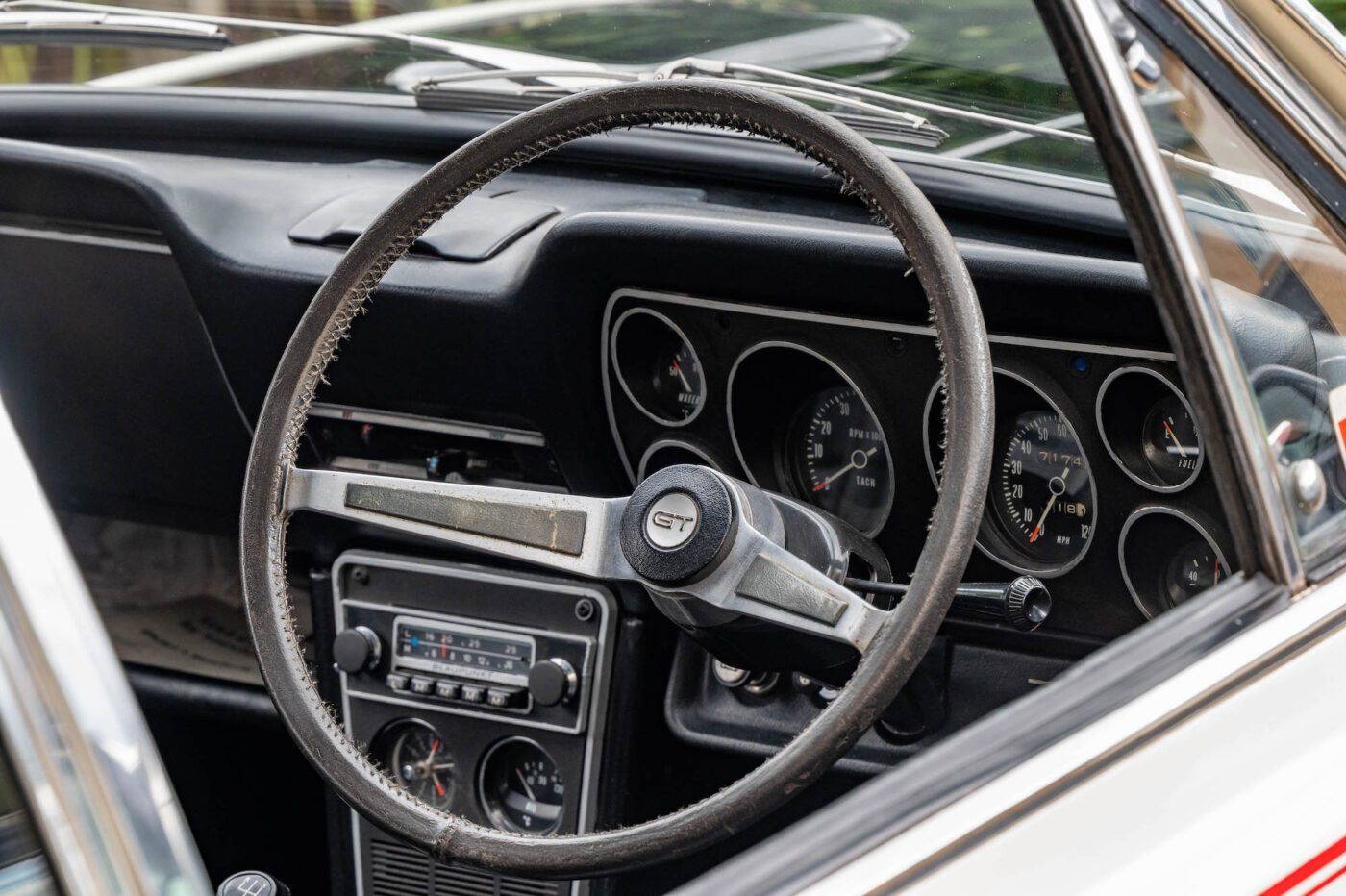
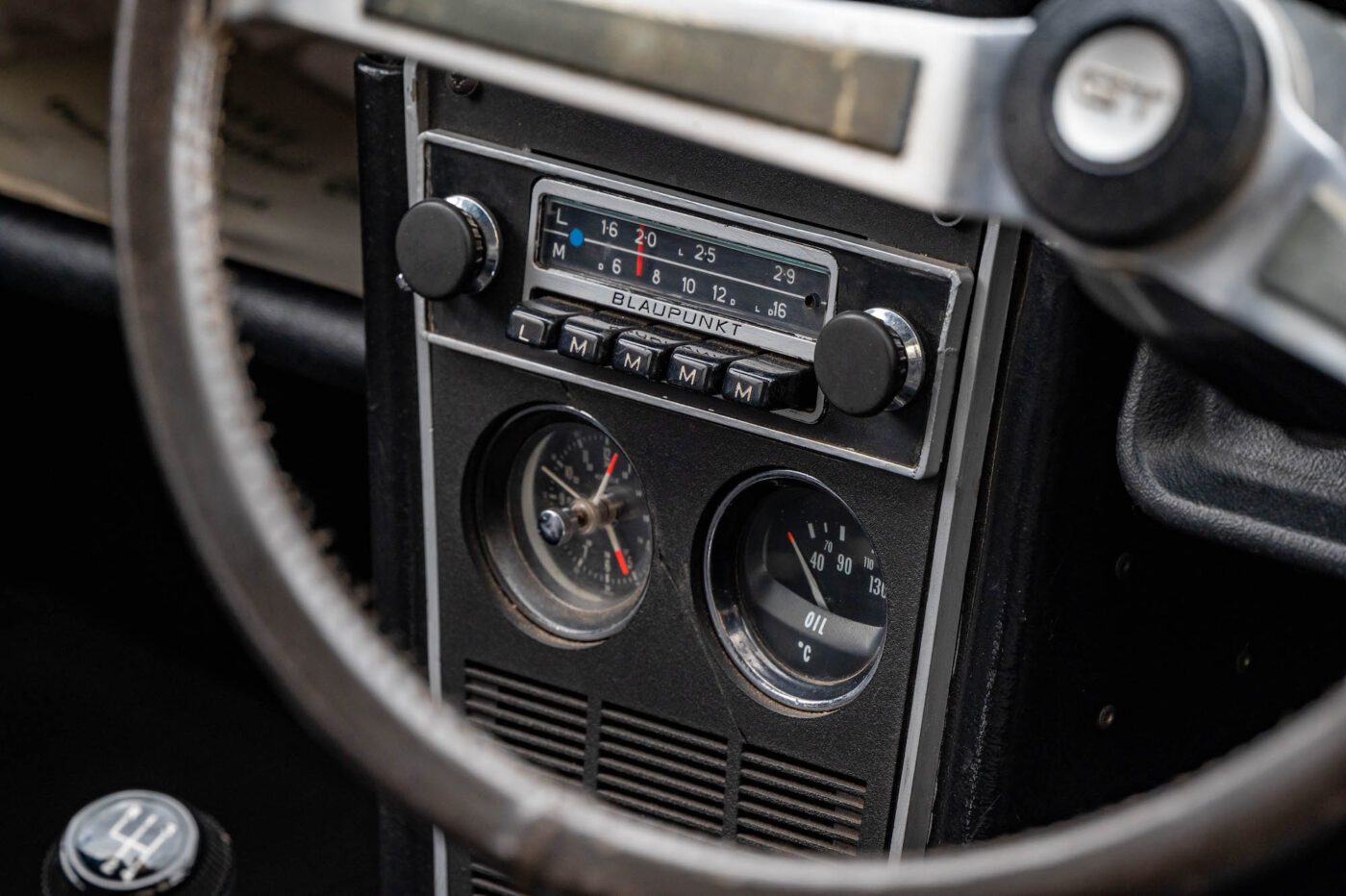
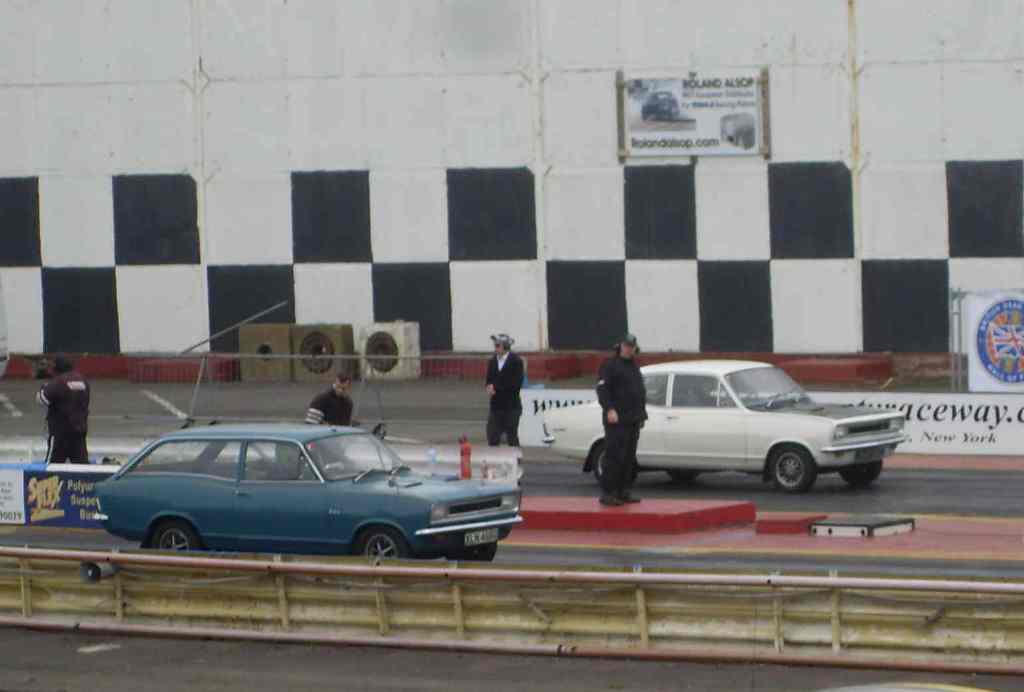
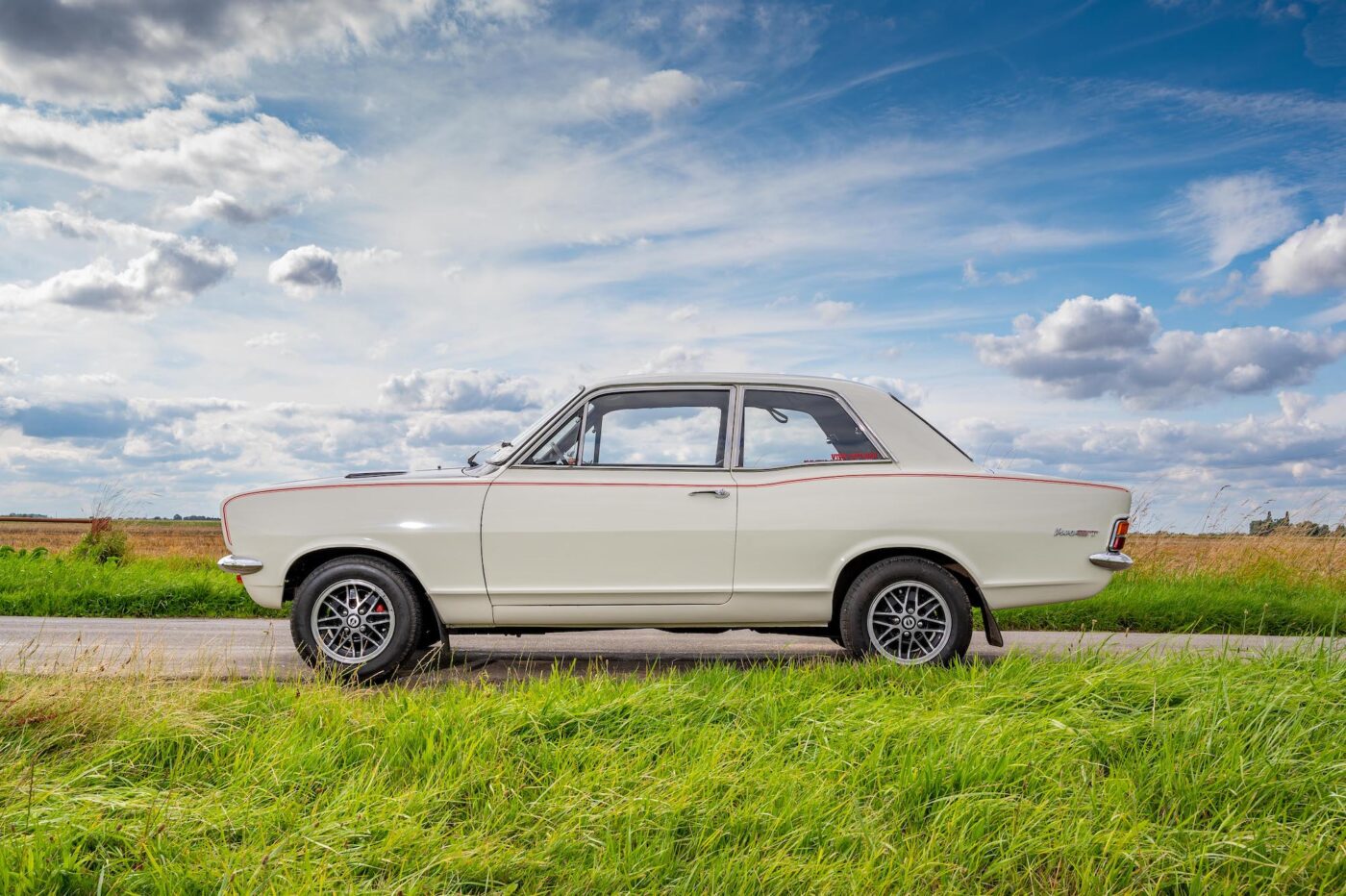
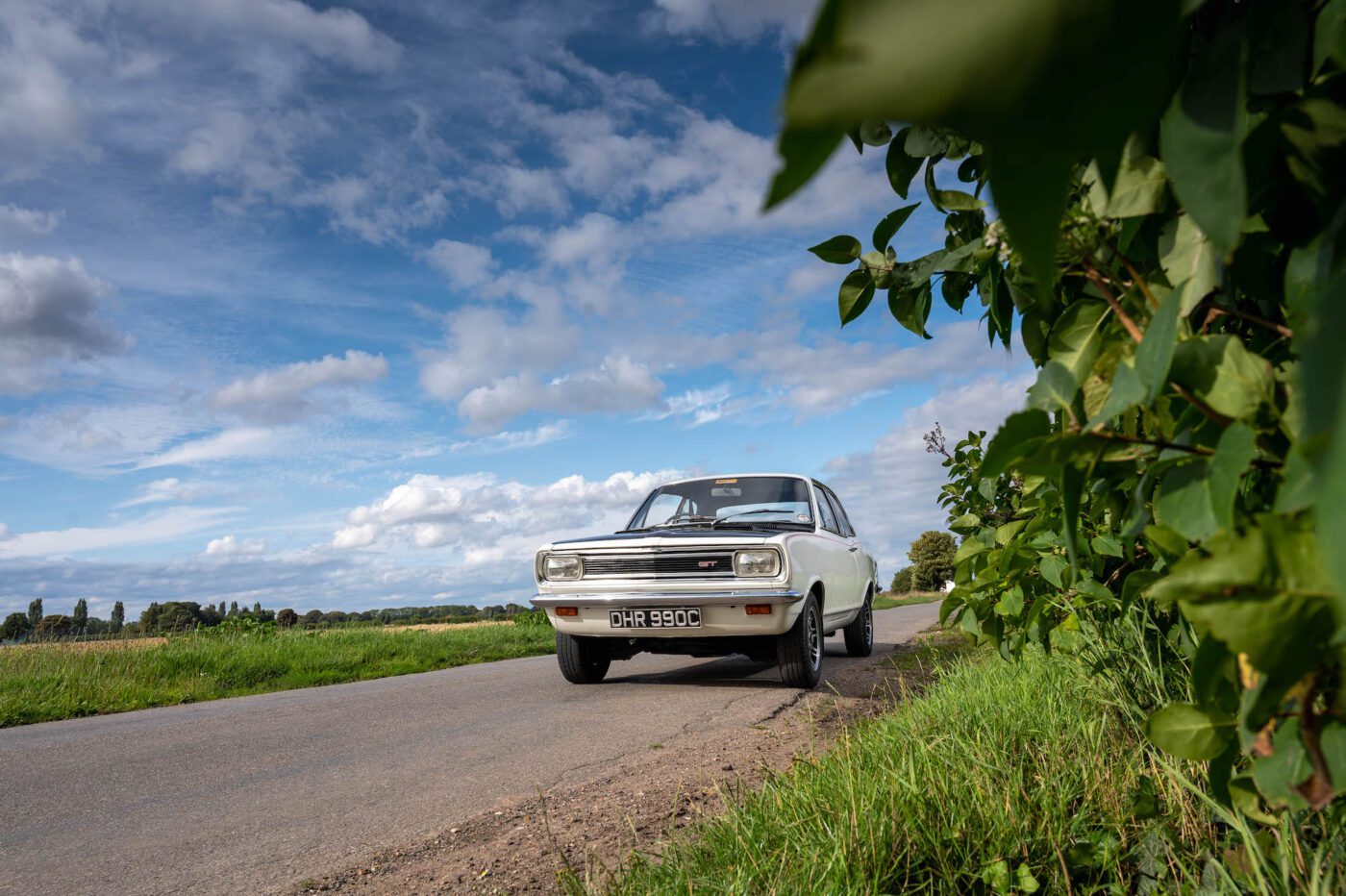
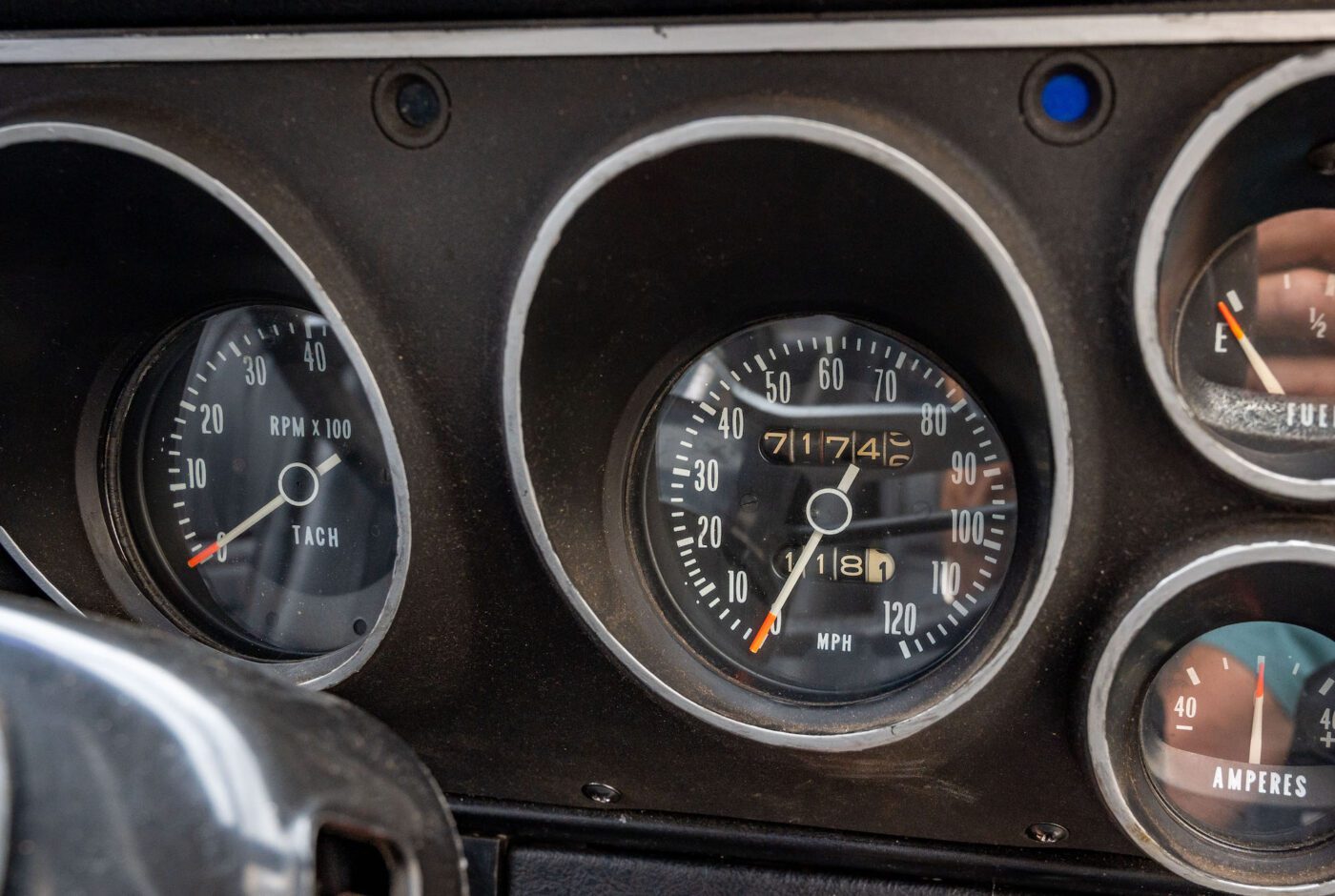
Its best time? A respectable 17.189 seconds for the quarter mile on April 18, 2015.
These days, apart from the national rally, the car stays fairly close to home, and is an increasing rarity at local car shows.
“In Hemel and around that area there were always lots of Vauxhalls, but up this way in Lincolnshire you don’t see many at all,” says Mike. “I don’t think I’ve seen another HB, and because of that it gets quite a good reception – people say ‘we haven’t seen one of those for years’.”
The icing on the cake for Mike would be to reunite the car with its original VLT 513G number plate.
“Unfortunately, the DVLA say the plate no longer exists, and they won’t let me have it,” he says.
As for the future, Mike and Joanne have three children to go with their three Vivas.
“It’s up to them to decide who’s having what,” he smiles. “My son David wants the V8, but I told him he’s made a mistake because it’ll be worth the least.
“My daughter Vikki used the GT as her wedding car, so she wants that one, and my other daughter Alex, who is car mad, wants the Crayford, which will probably be worth the most.”
But to Mike, the Blydenstein car will always be worth far more than mere money.

